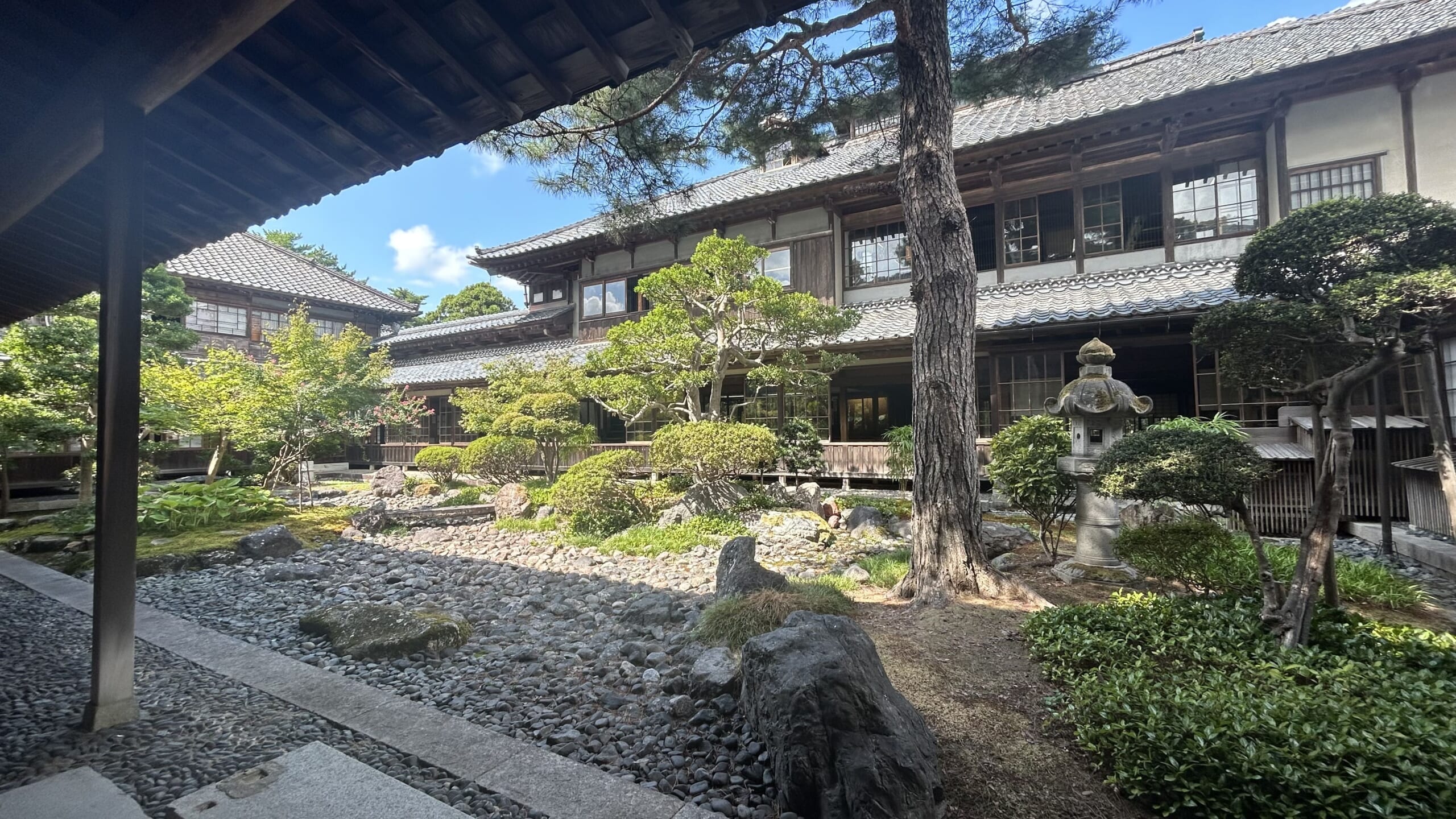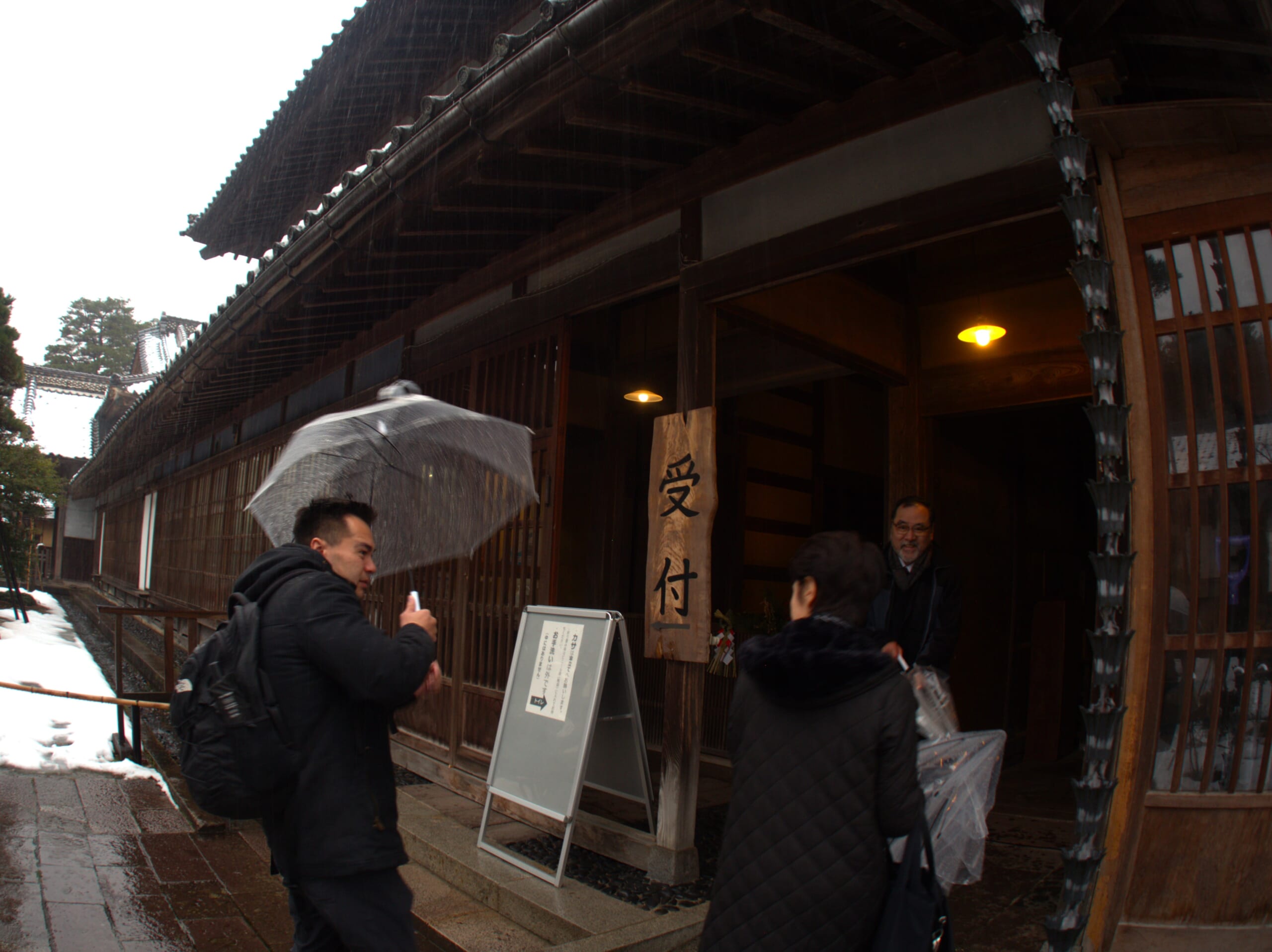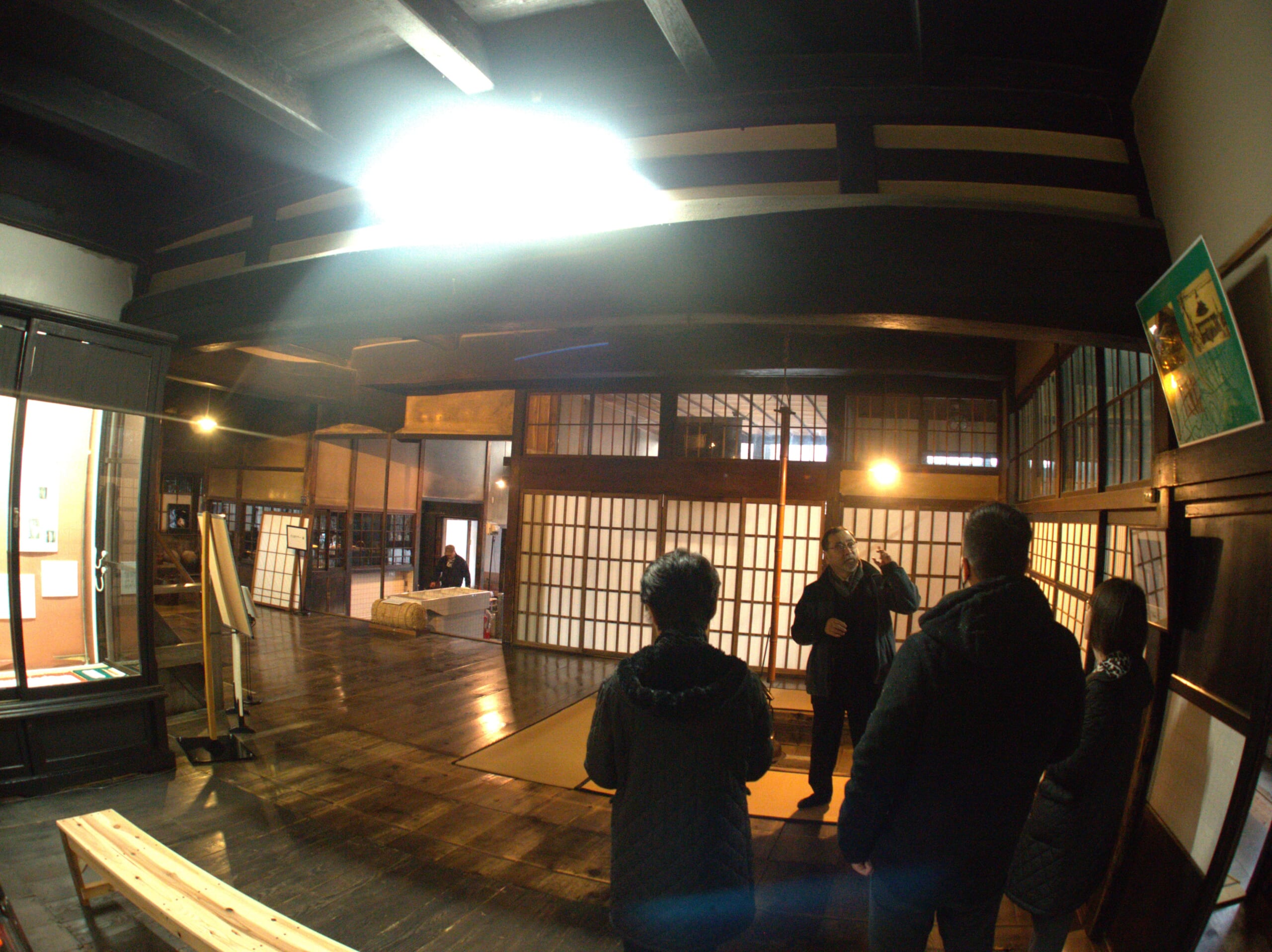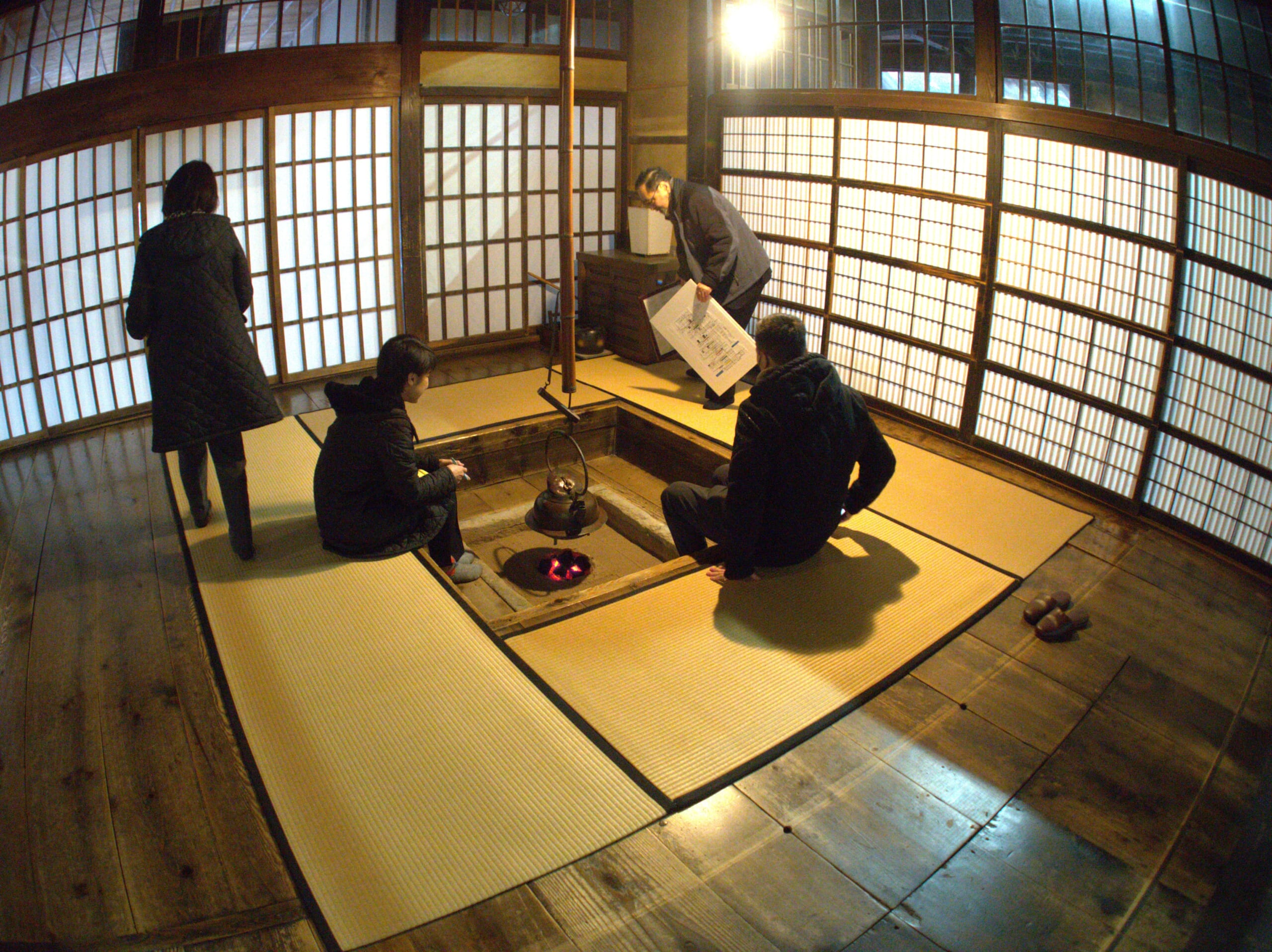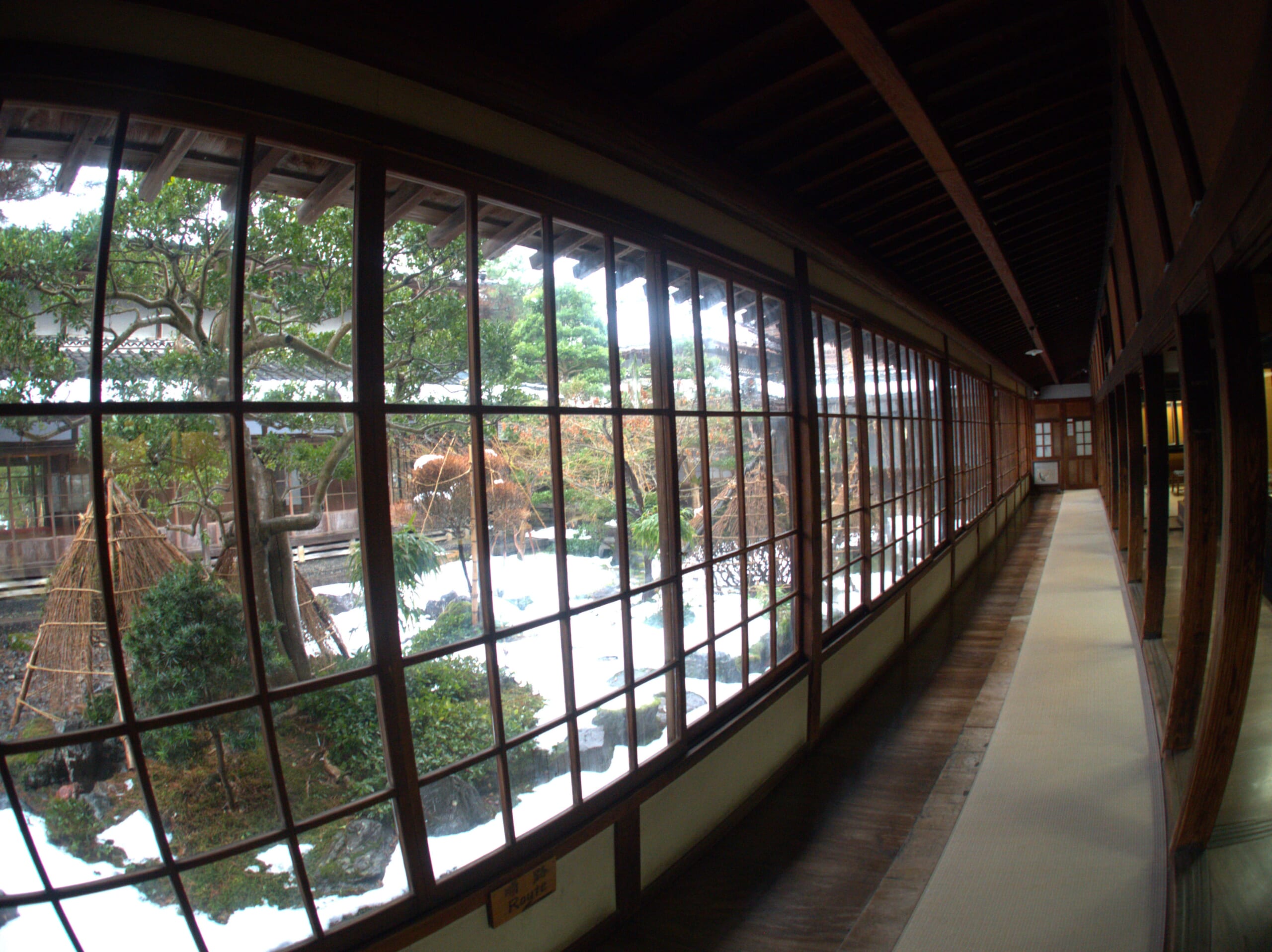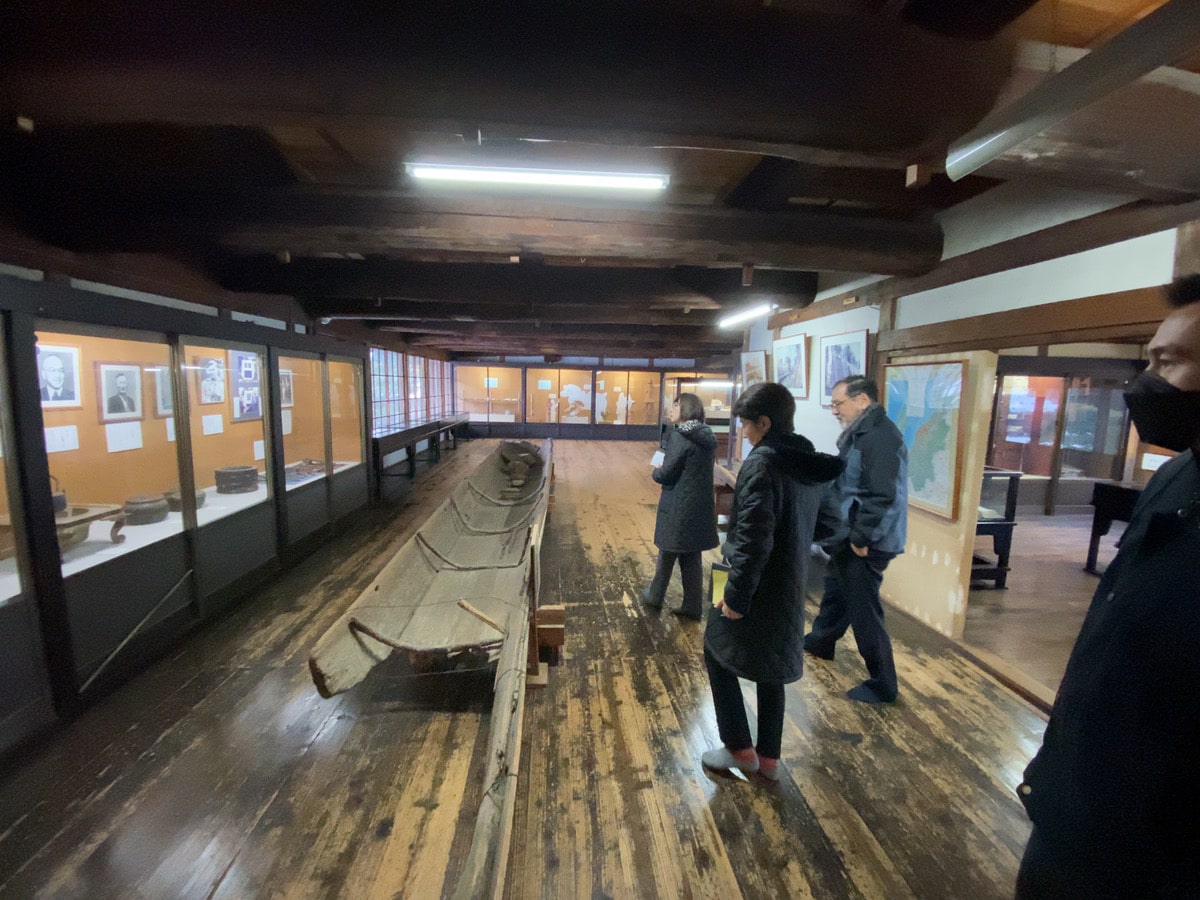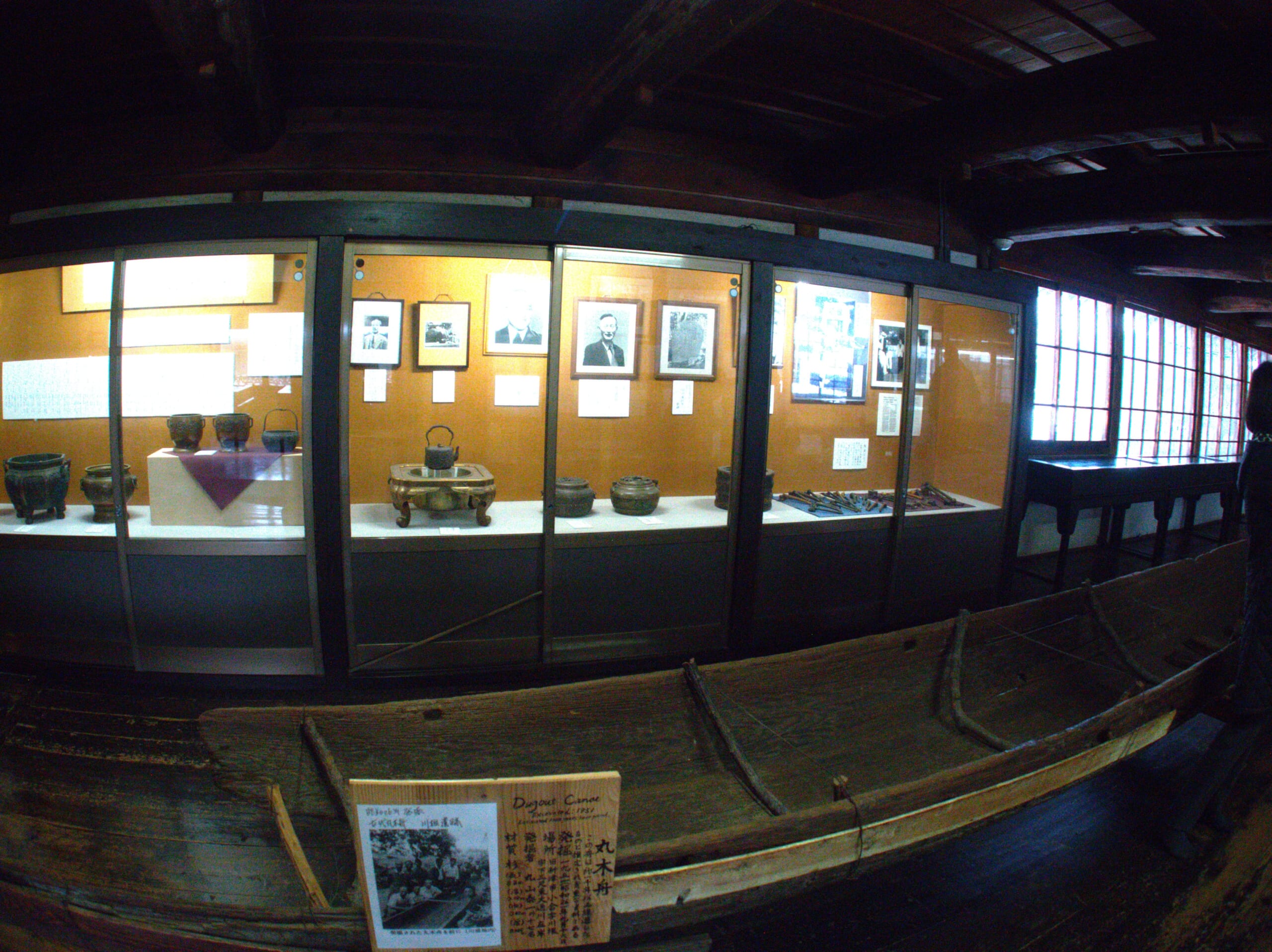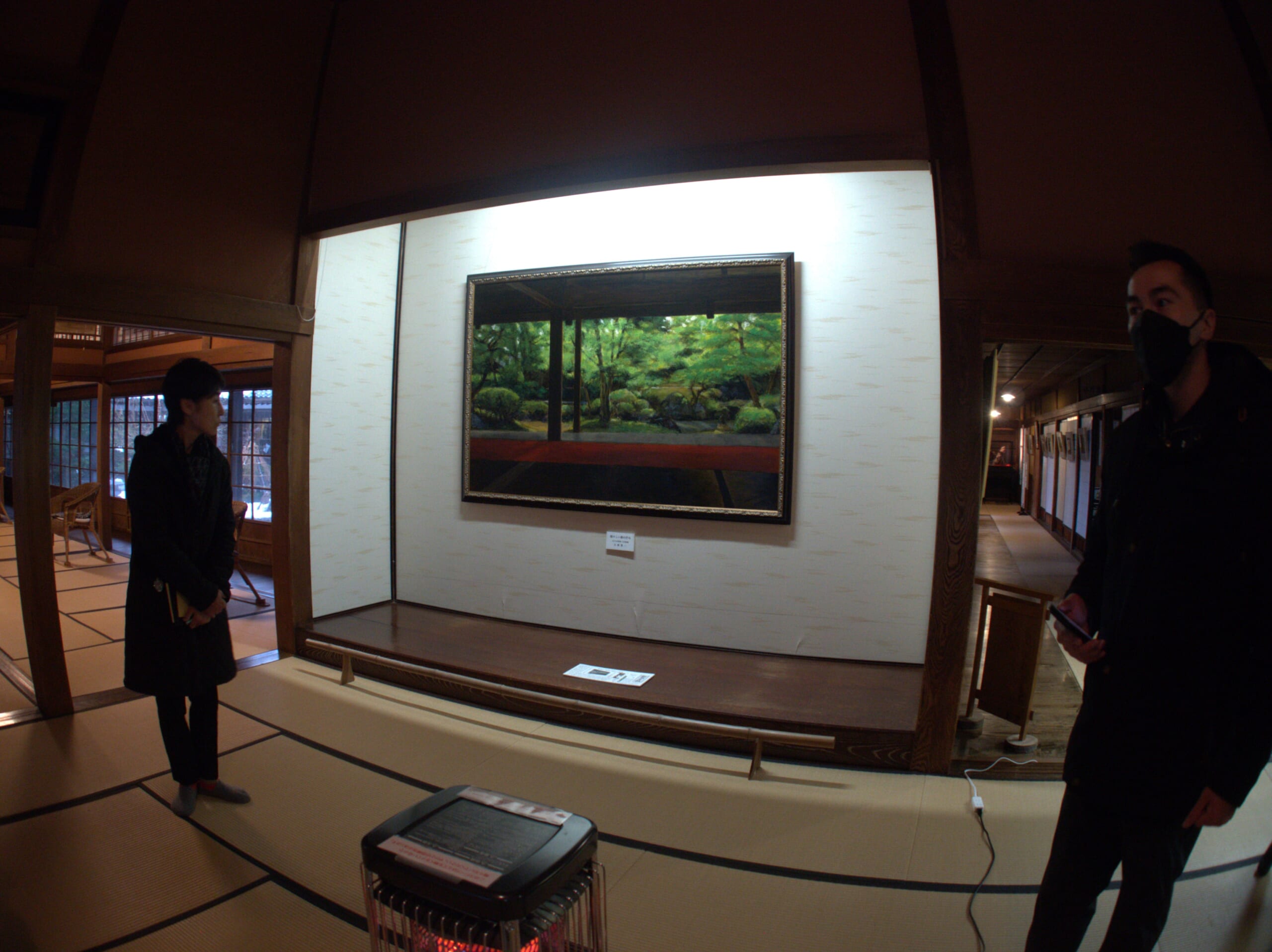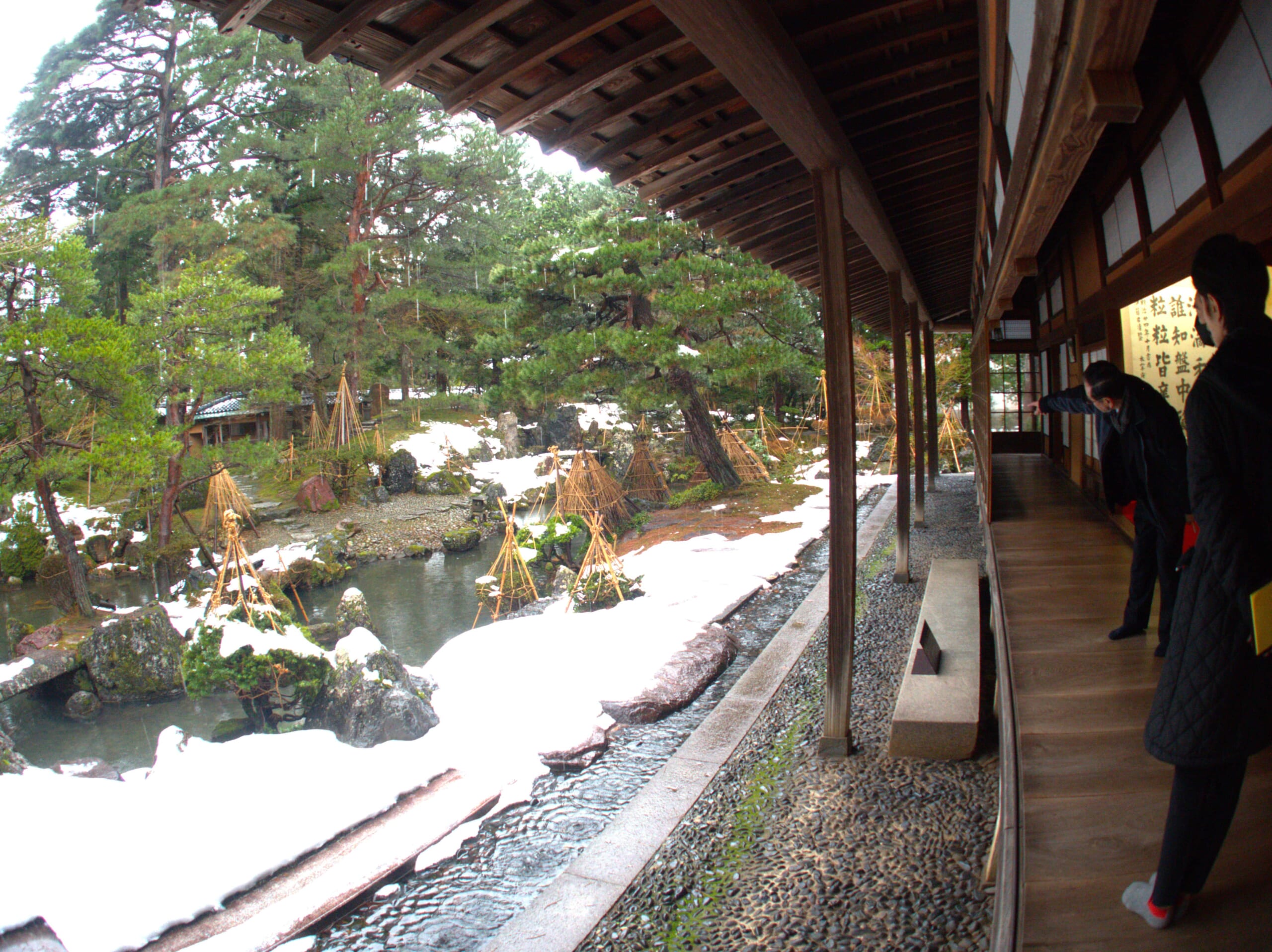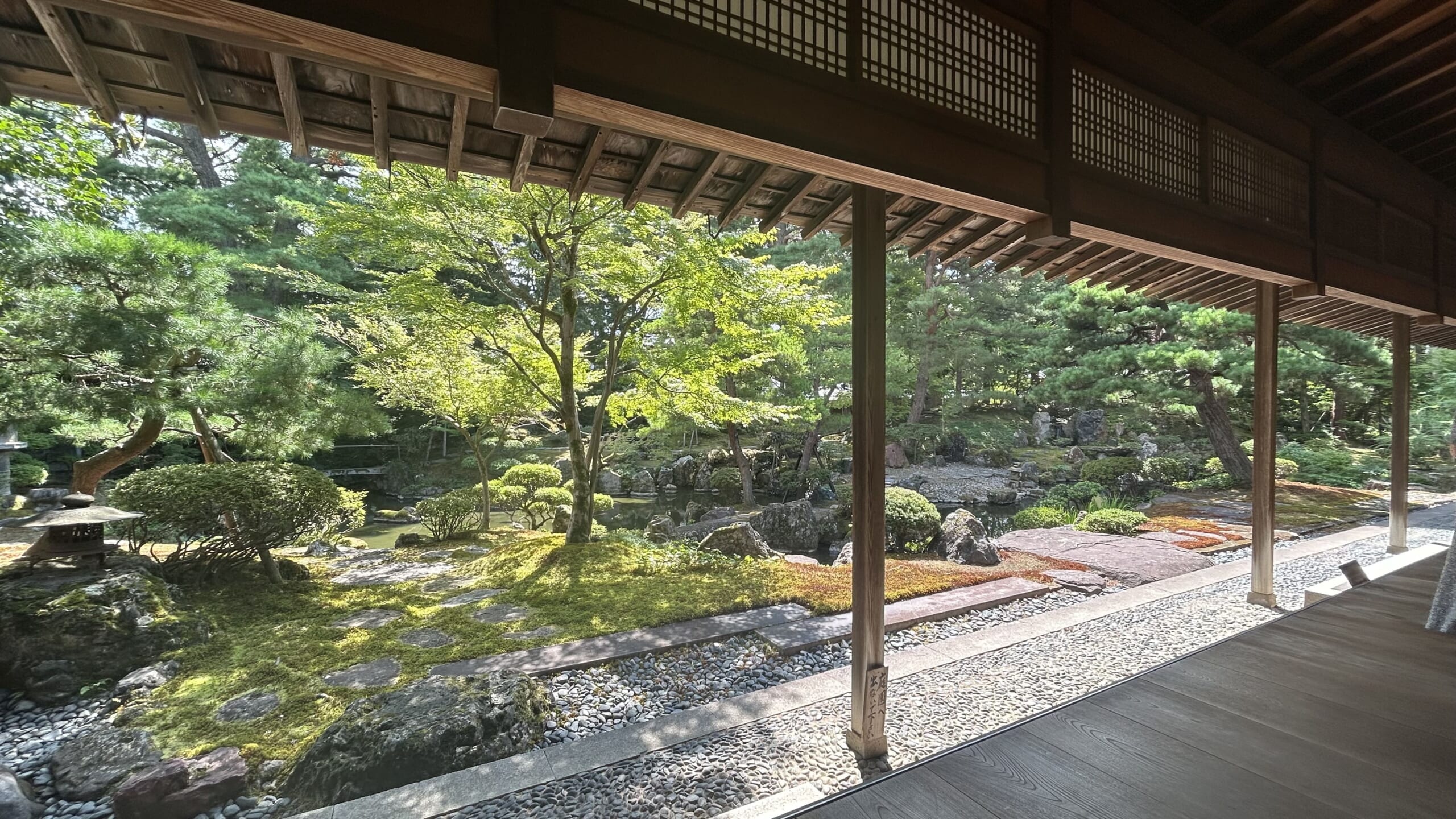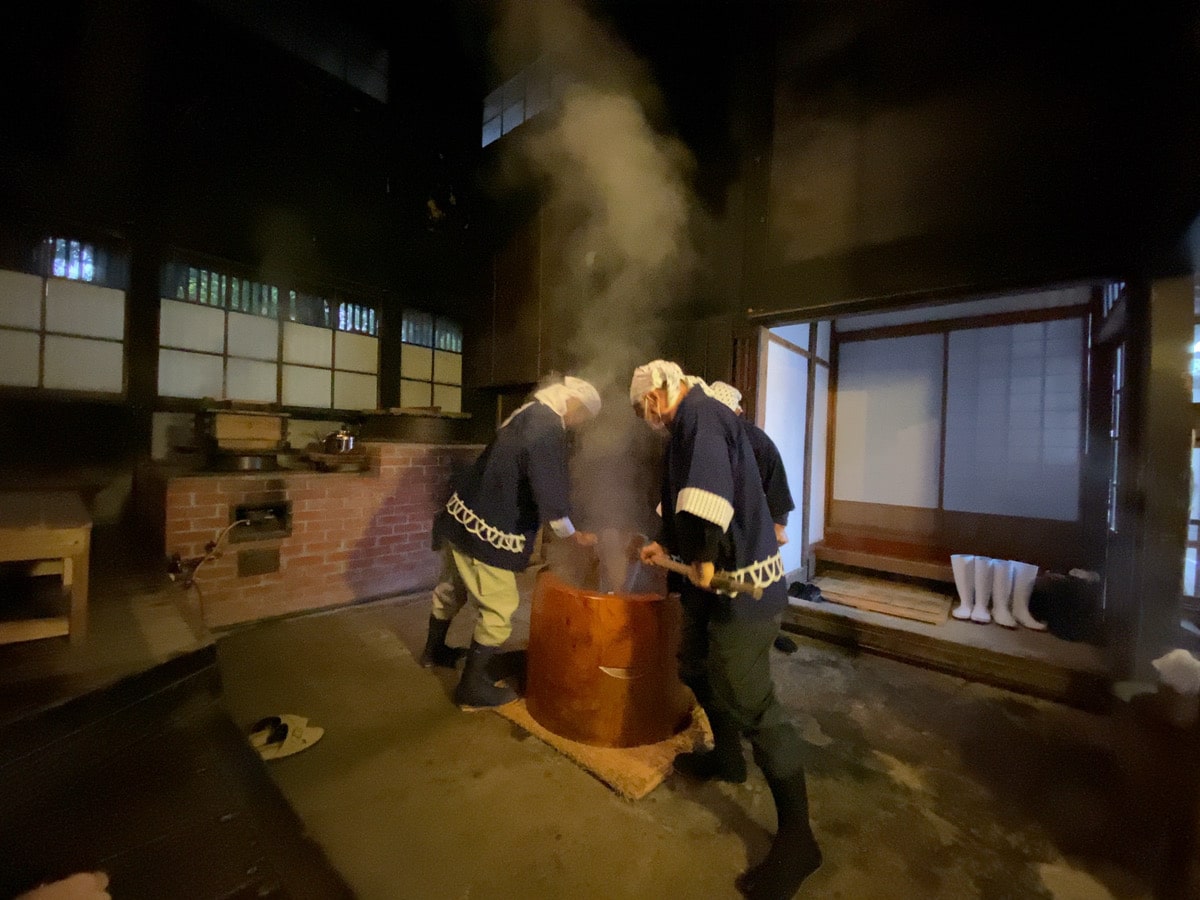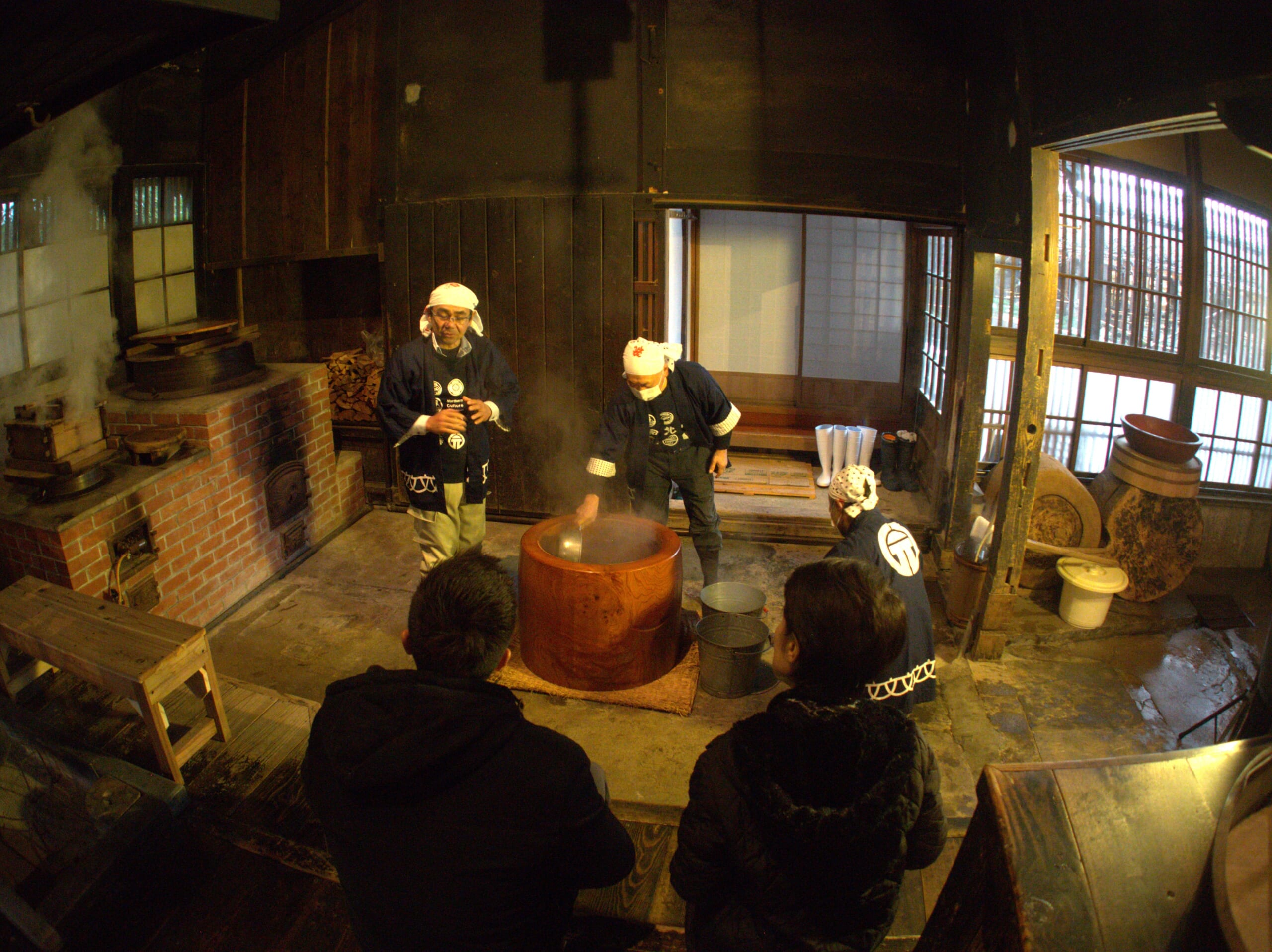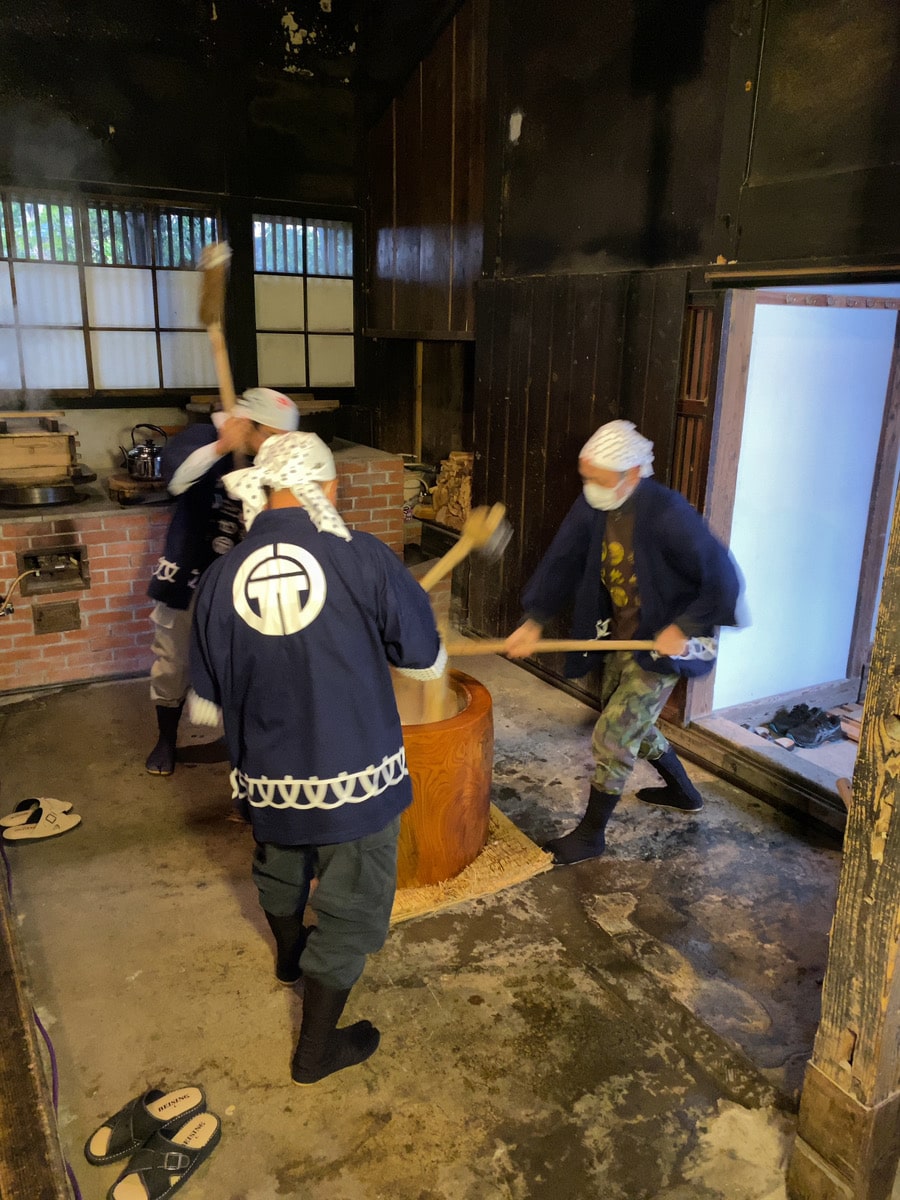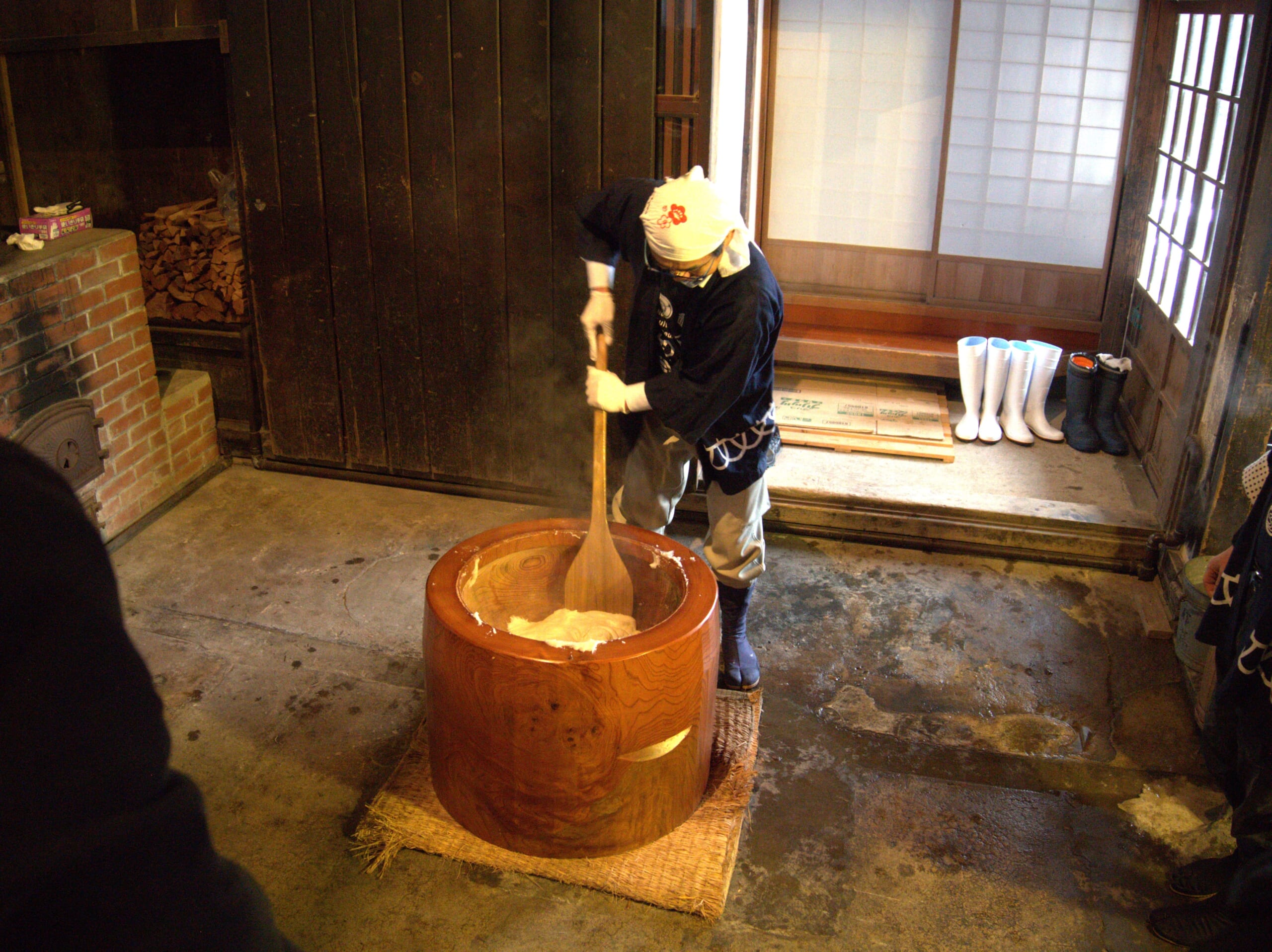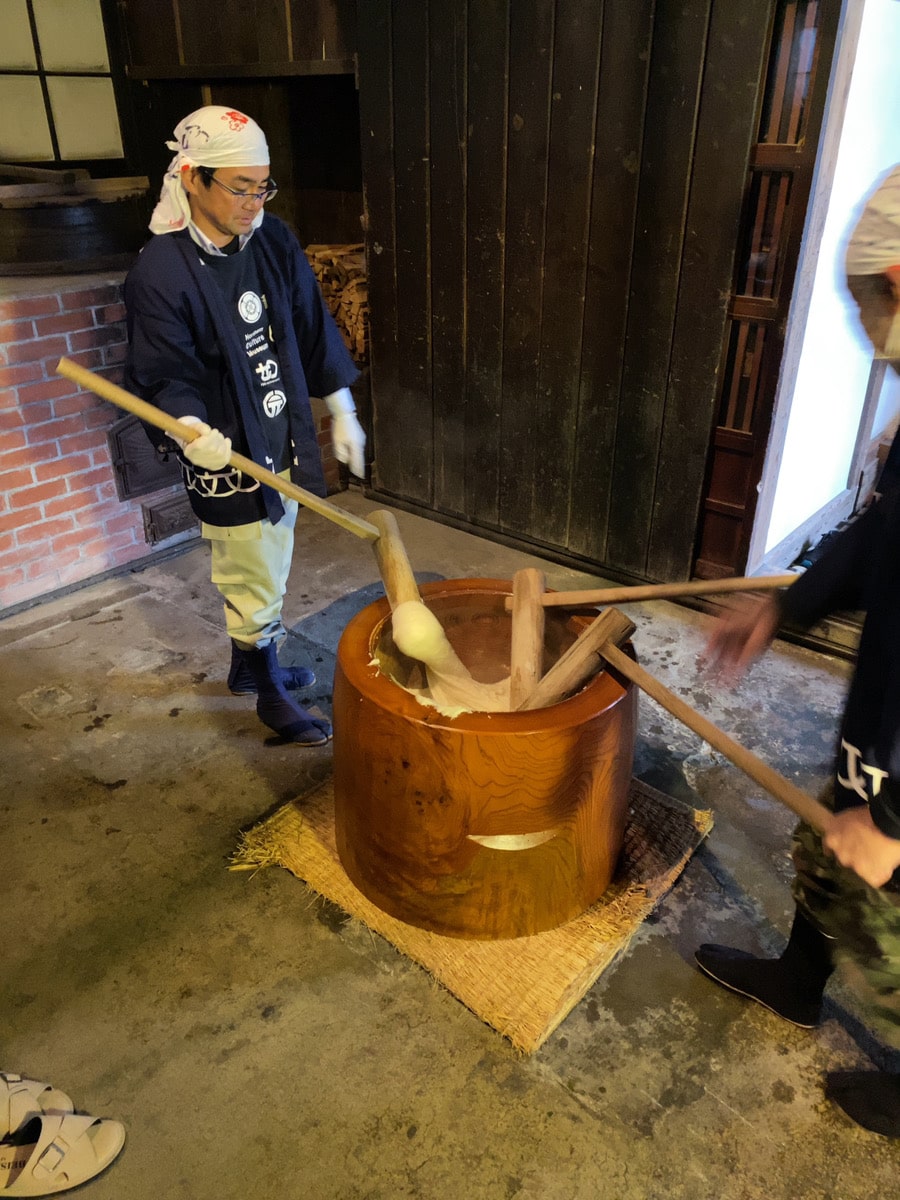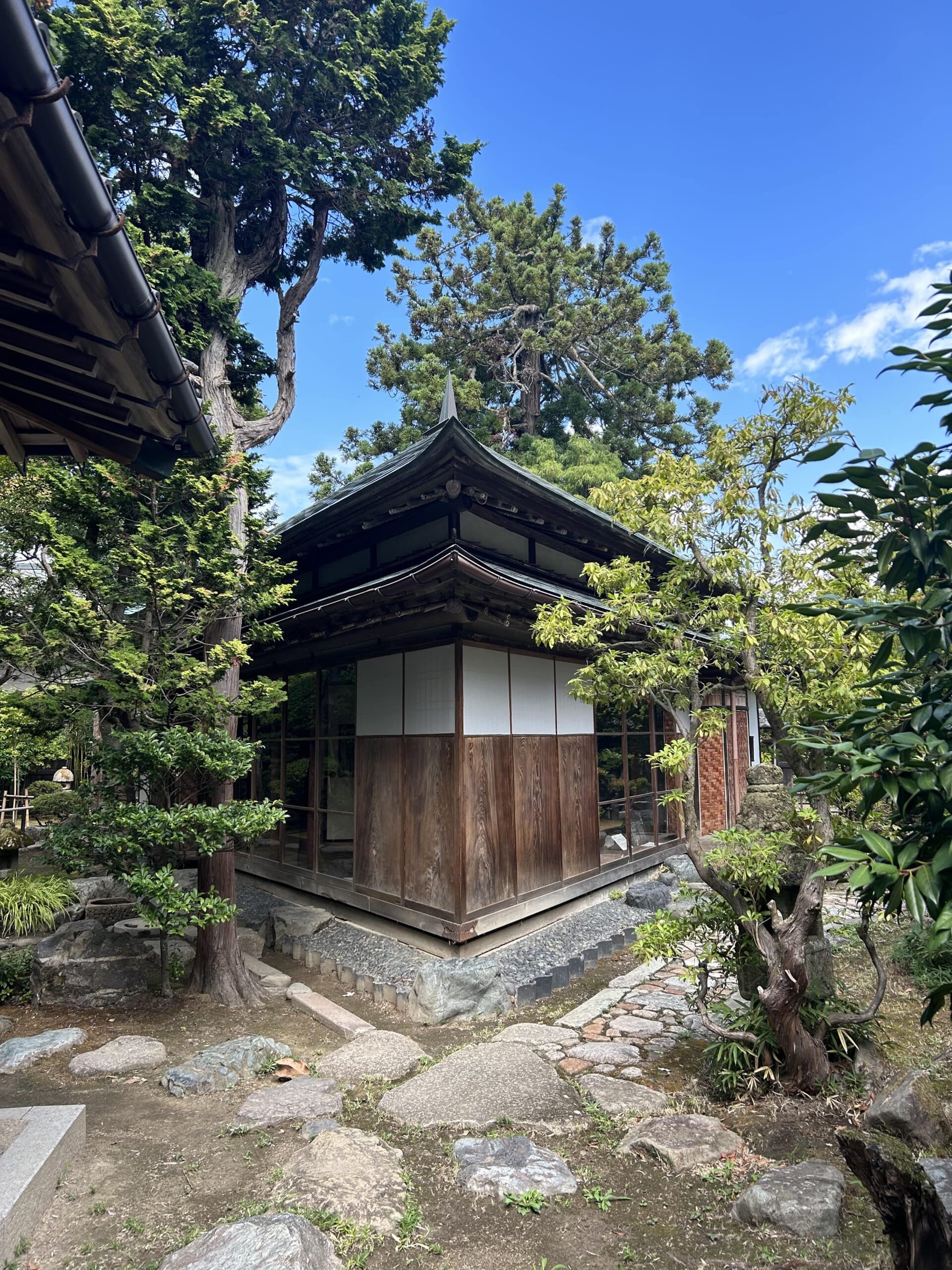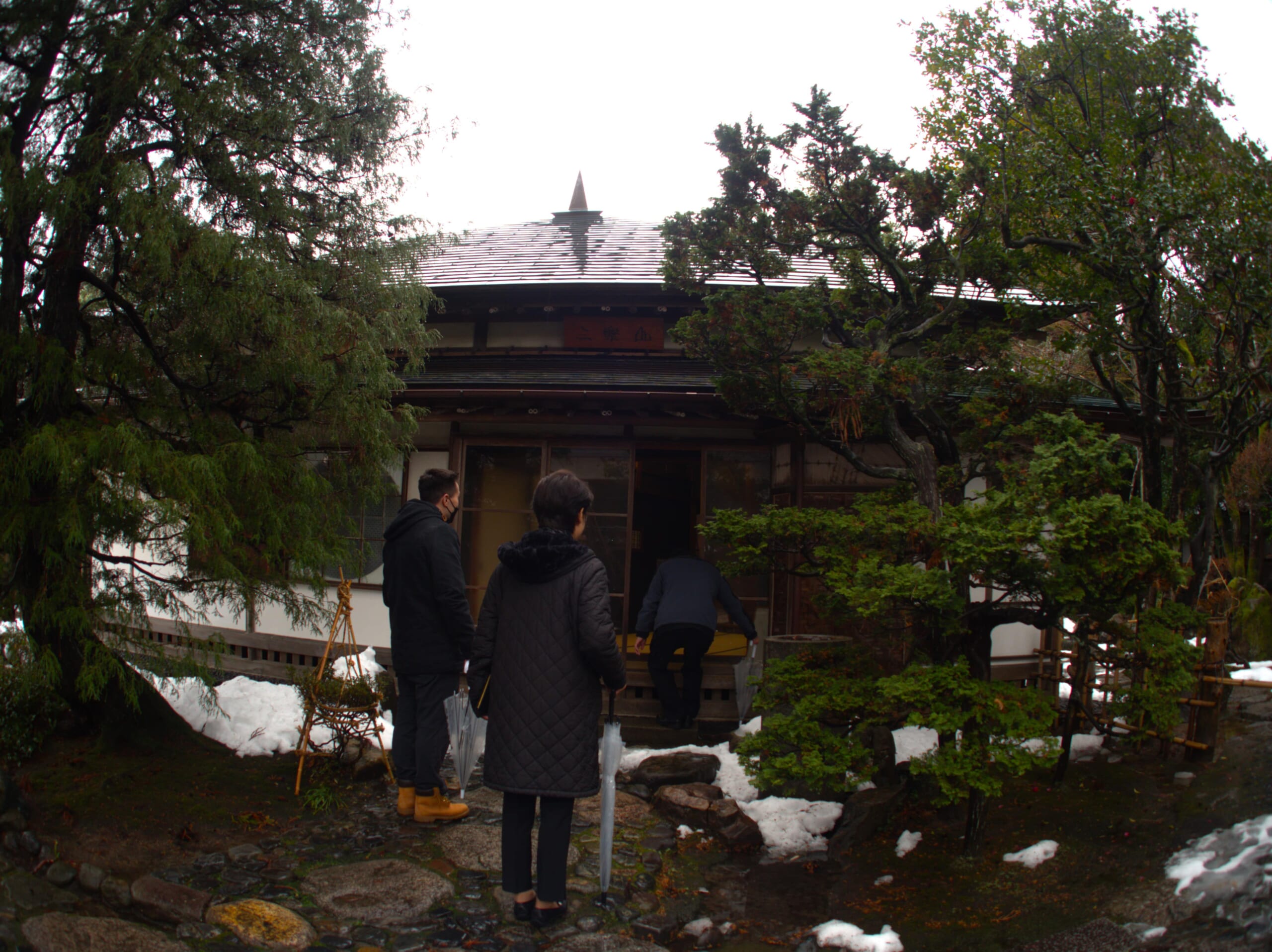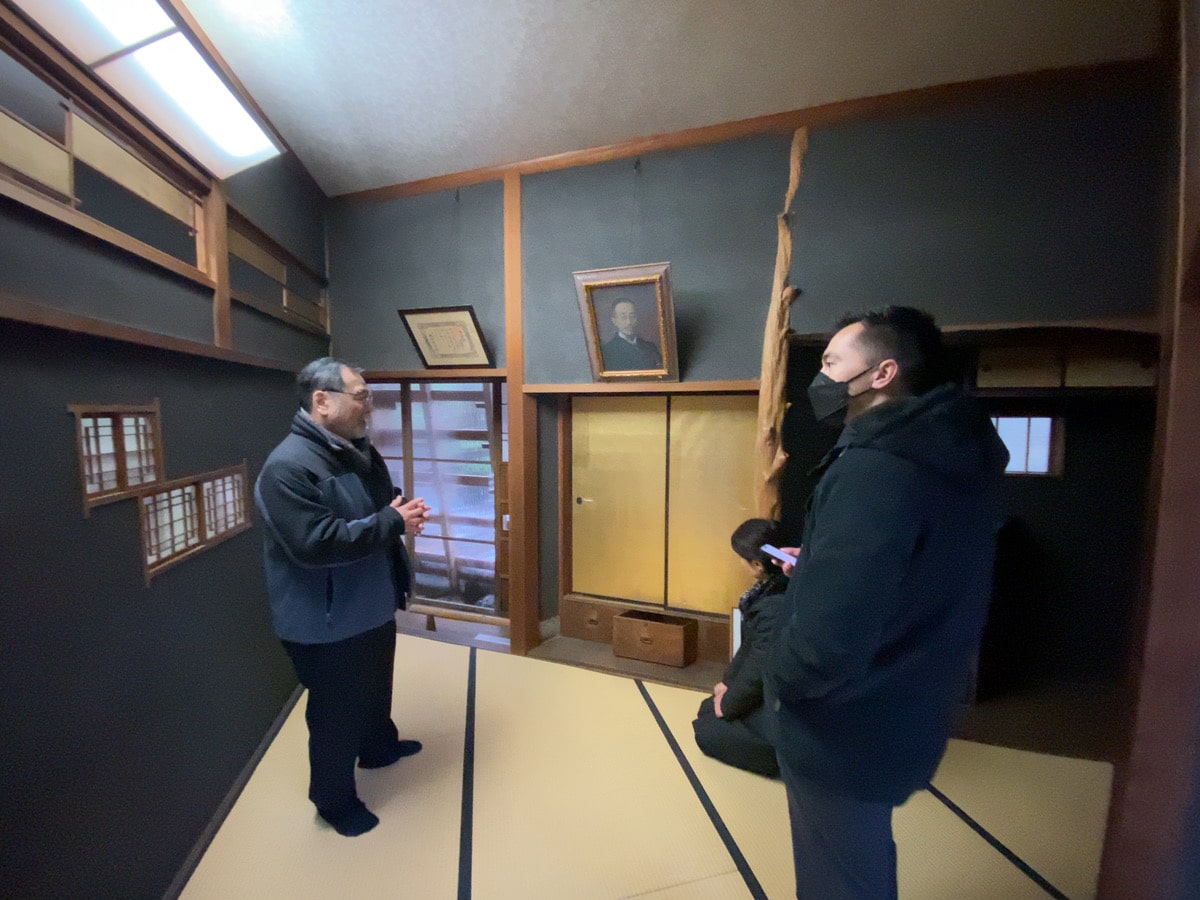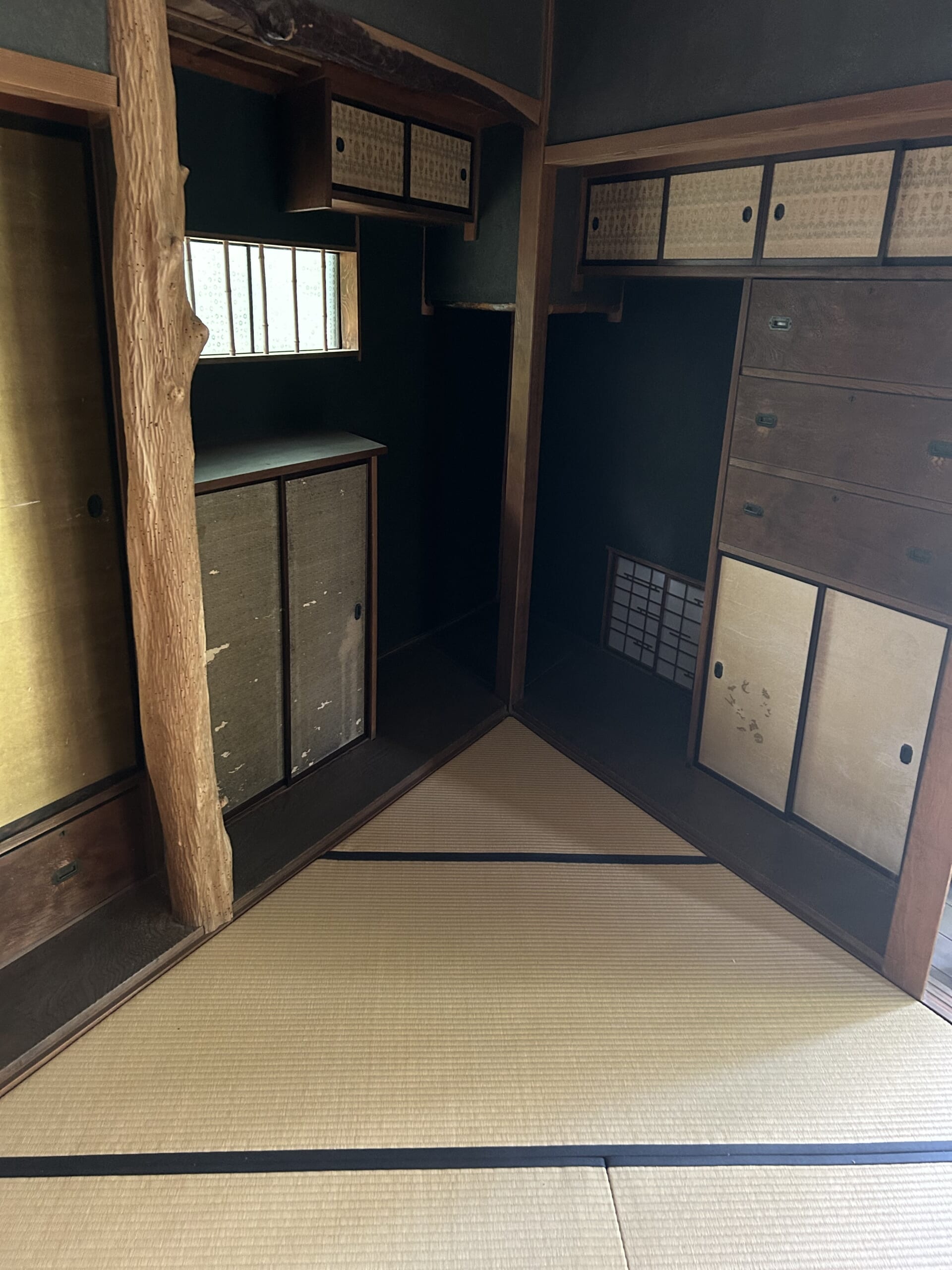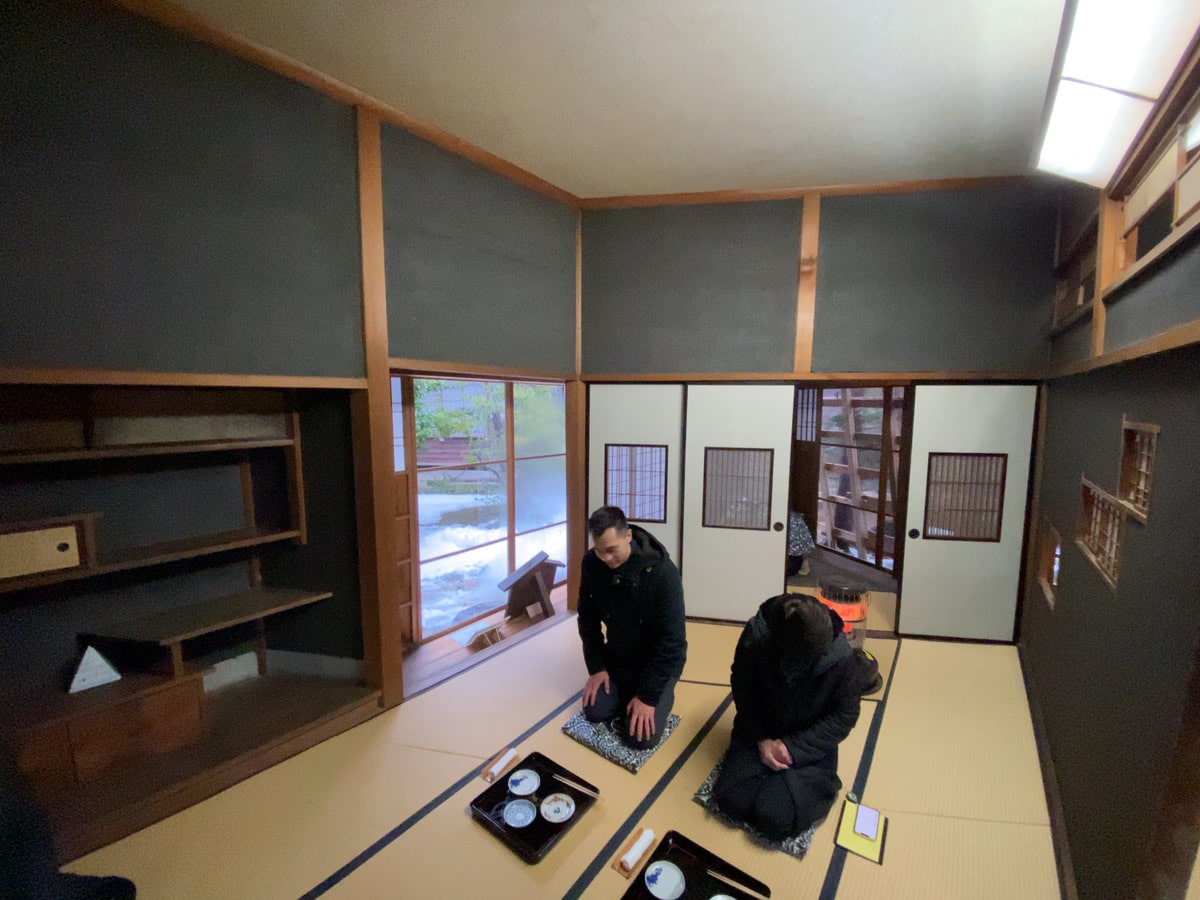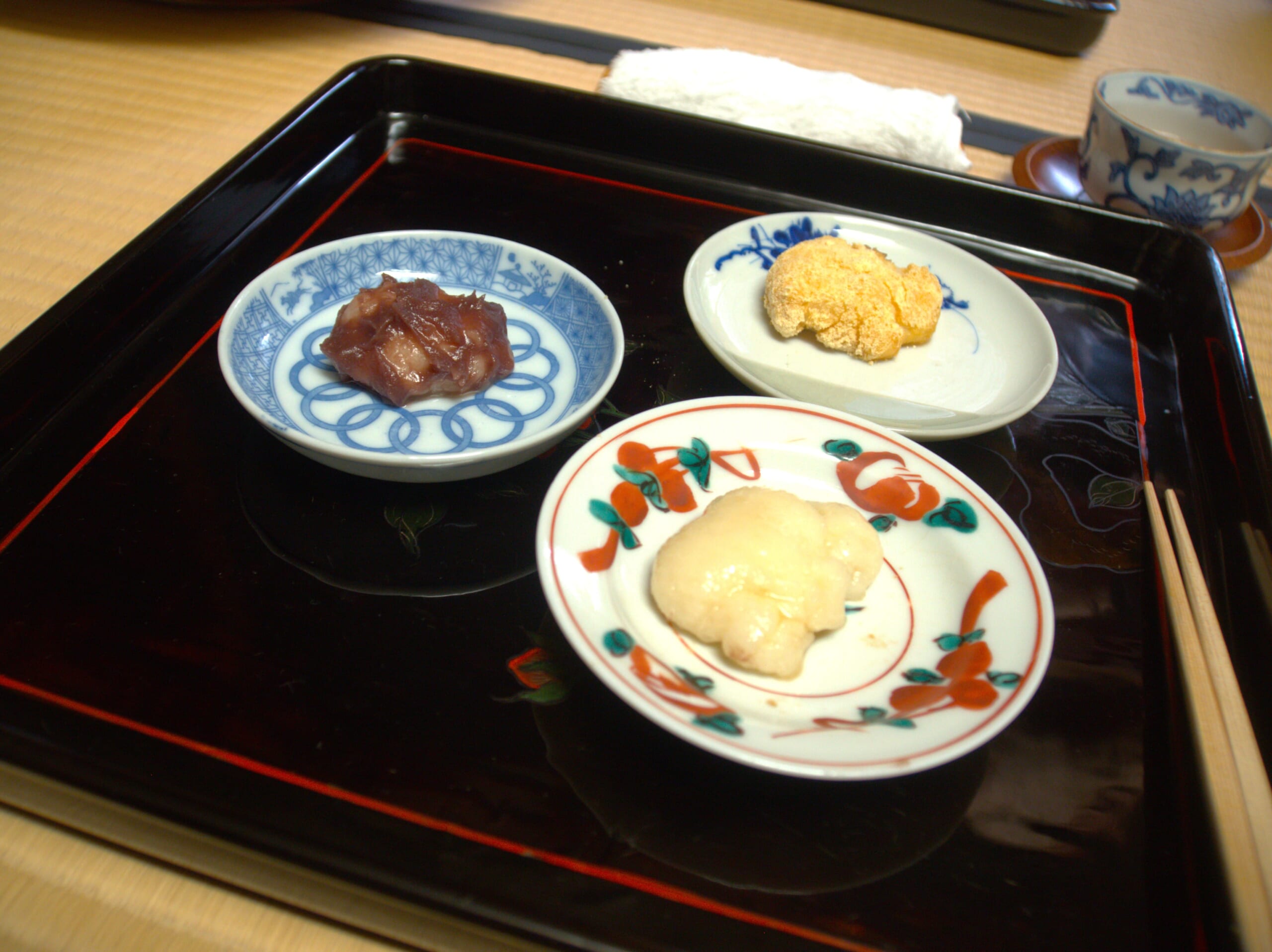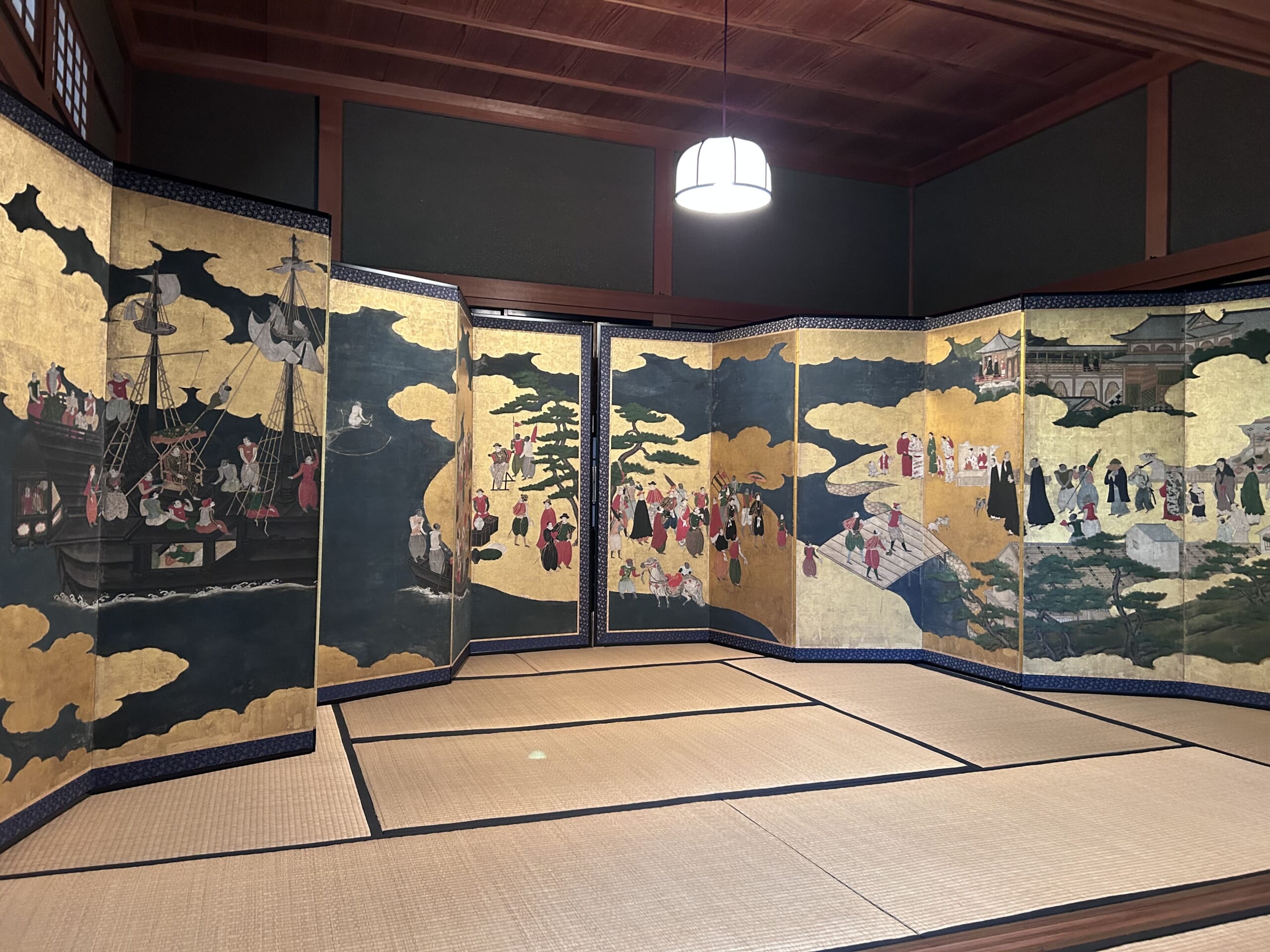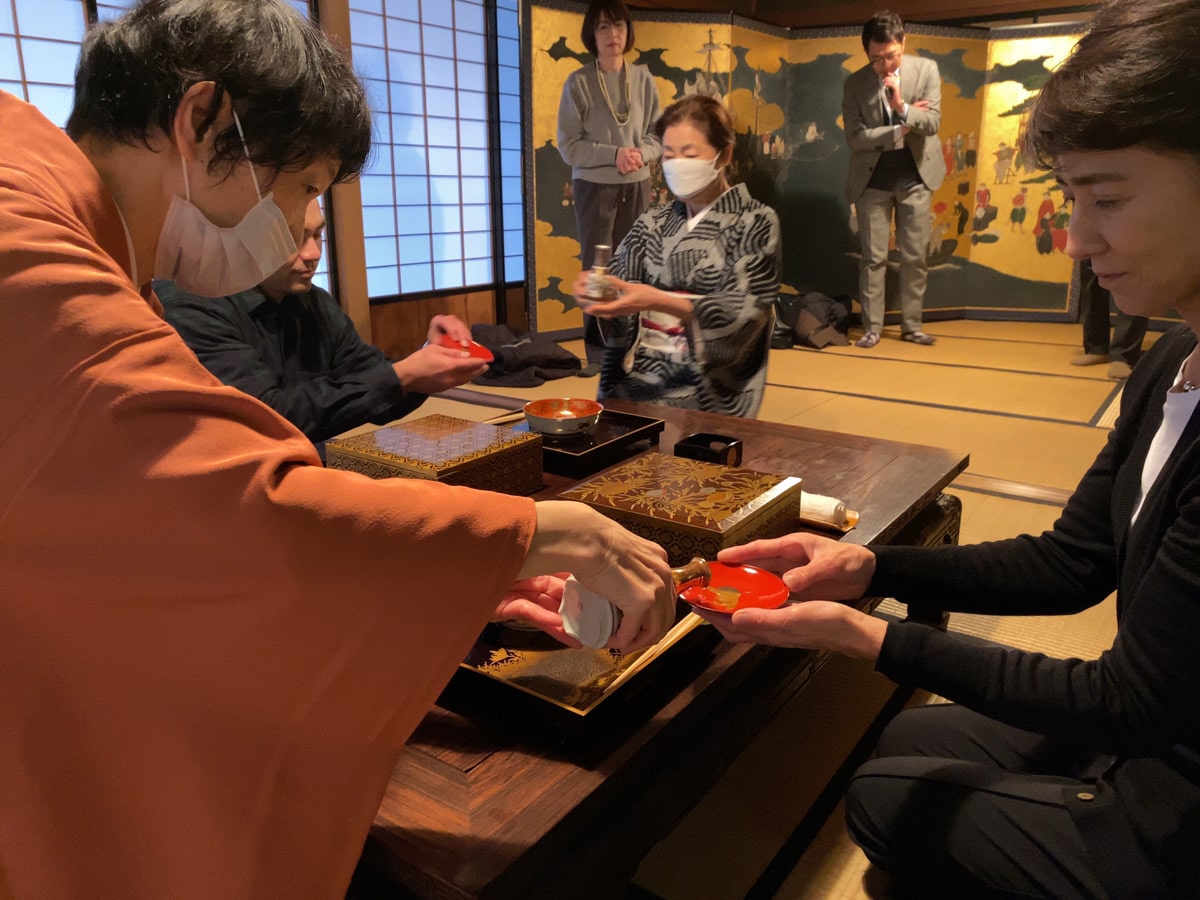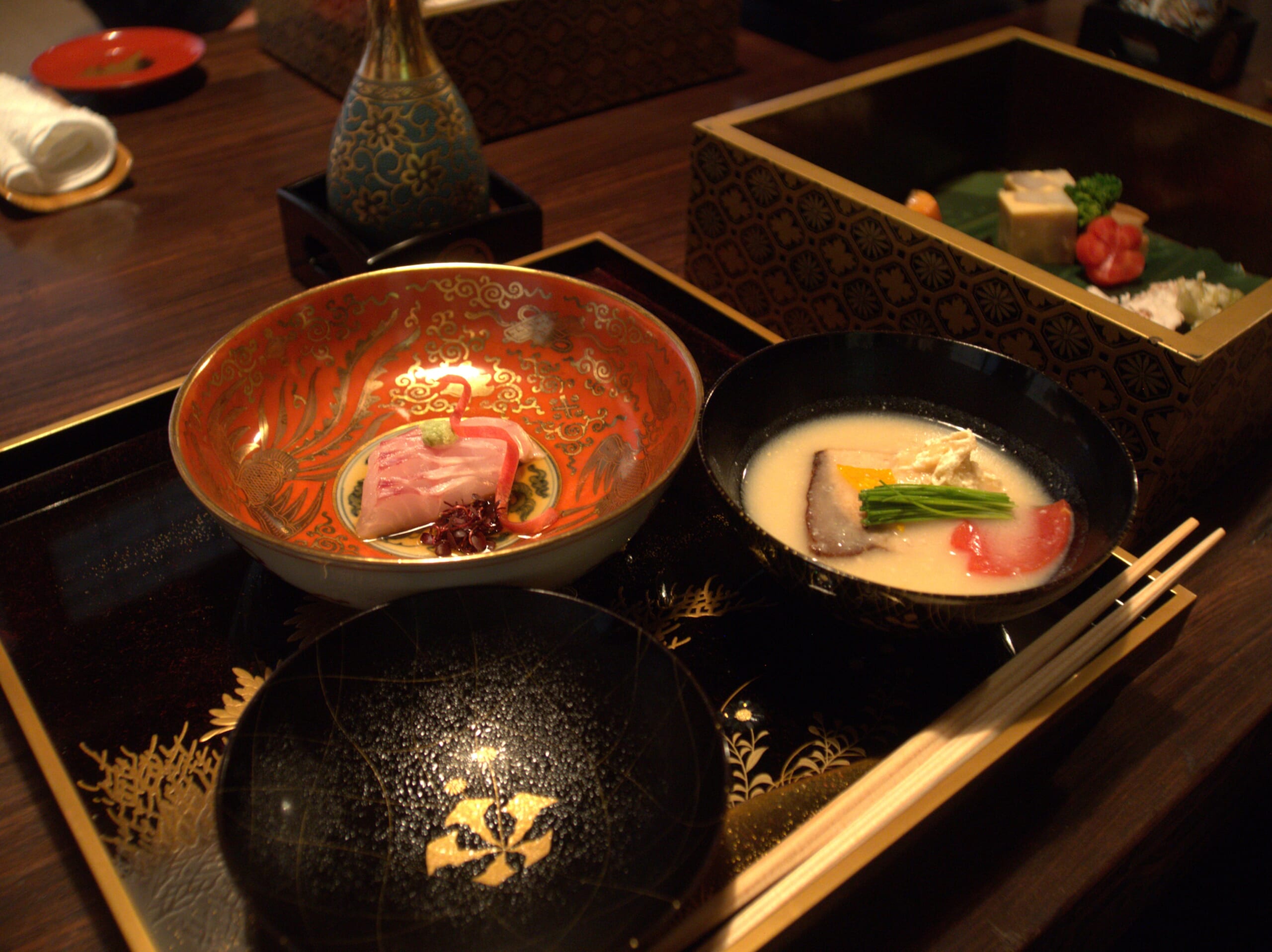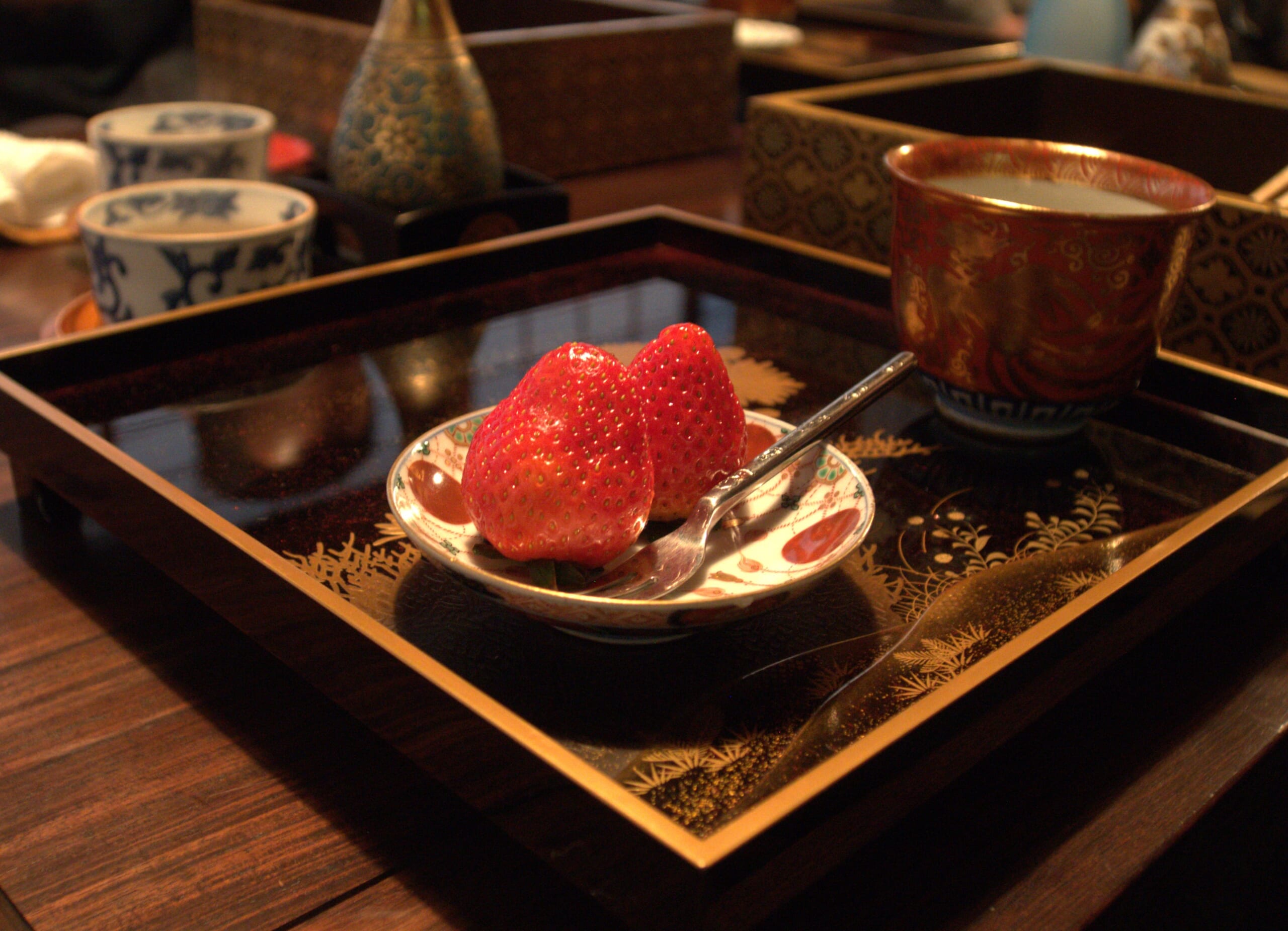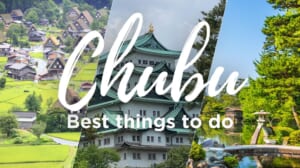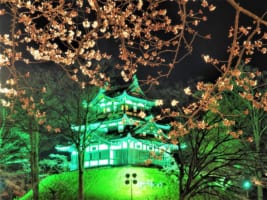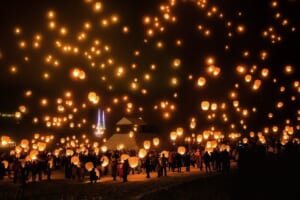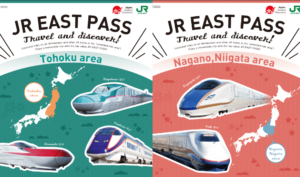The Northern Culture Museum: Echoes of Elegance in a Wealthy Japanese Farmer’s Estate
My Experiences at the Hoppou Bunka Hakubutsukan Tour in Niigata
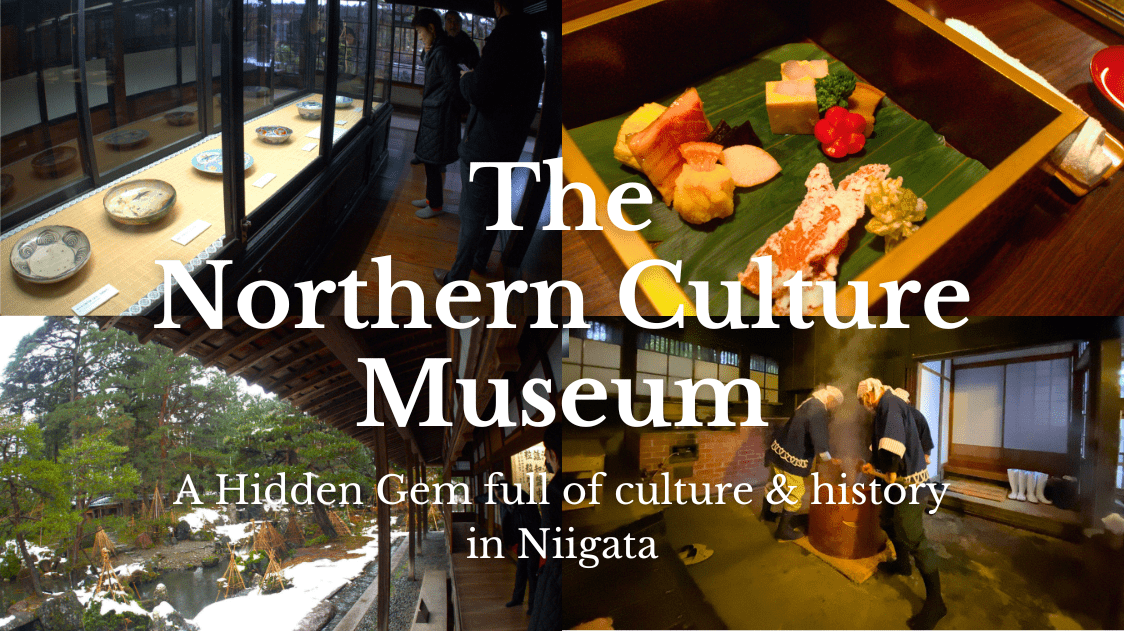
Japan’s allure as a destination lies in its profound and distinct cultural tapestry, attracting visitors worldwide to iconic cities like Tokyo, Kyoto, and Osaka, known for their diverse attractions. Yet, the true essence of Japan’s heritage is increasingly being discovered in its less-trodden paths, where places like Niigata emerge as hidden jewels.
Within this serene backdrop, The Northern Culture Museum stands as a testament to the rich lifestyle of Japan’s affluent agricultural past, offering more than just a glimpse into valuable art collections. It invites visitors to step into the living quarters of its former owners, preserving the essence of their daily lives and traditions.
This article, hopefully, is your gateway to experiencing the soul of Niigata, where the opulence of a wealthy farmer’s mansion and the vibrancy of its cultural heritage breathe life into history, promising a unique and immersive journey into Japan’s heartland.
I had the opportunity to participate in a tour at the Northern Culture Museum, so I will share my experience in this article! Hopefully, I can spark an interest in you.
*Please note that this article contains affiliate links.
What is the Northern Culture Museum?
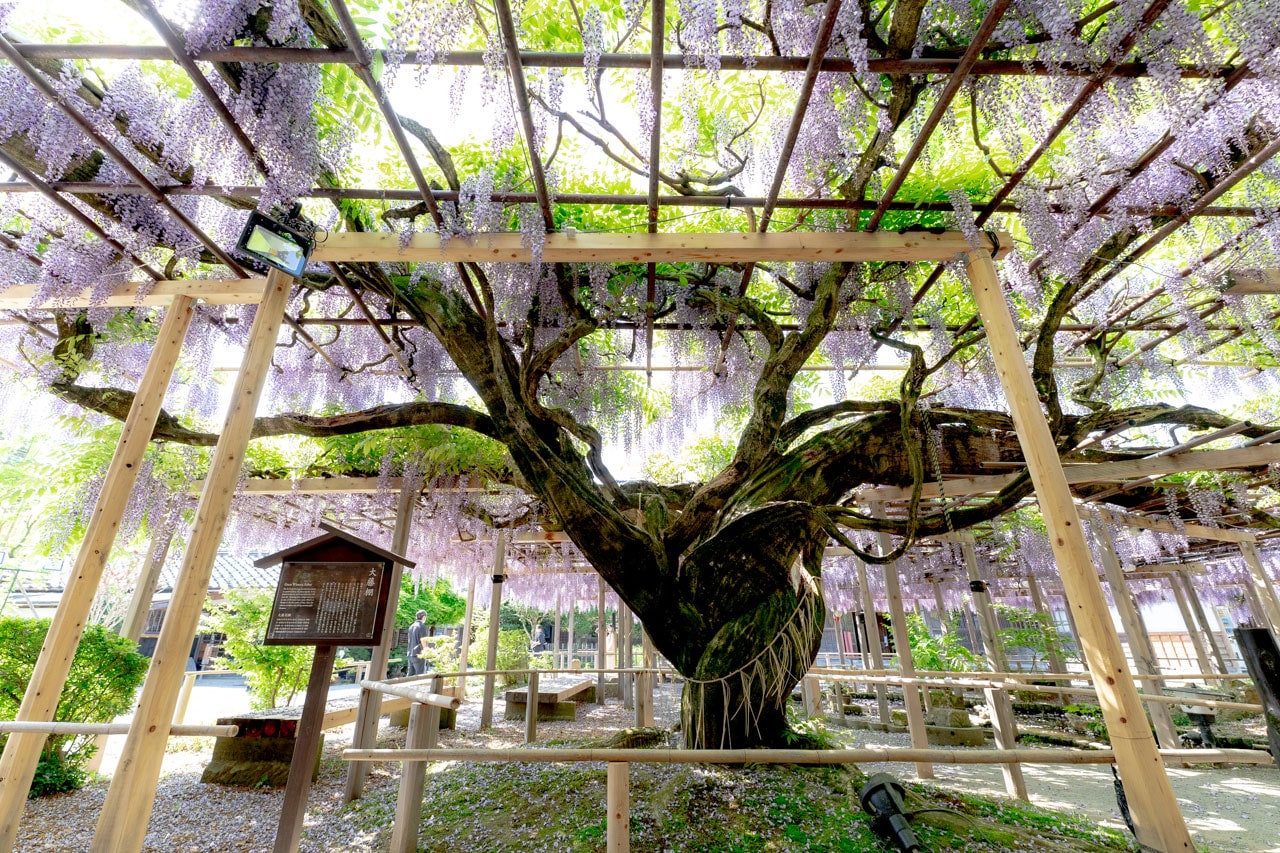
The Northern Culture Museum (北方文化博物館), located in Soumi, Niigata City, Niigata Prefecture, is the first private museum established after World War II in Japan.
Nestled beside the majestic Agano River, in the small village of Soumi, the museum was originally the estate of the Ito family, who rose from farmers to become the leading landowners in Echigo (the old name for Niigata area) through generations of hard work. Following the post-war land reforms, which saw their extensive lands redistributed, the Ito family founded the museum to preserve their home, garden, and art collections for future generations.
The museum, set on a sprawling 8,800 tsubo (approximately 29,000 square meters) property, features the main house, a large hall, storehouses, and a pond garden designed by Echigo-born garden designer Taiami Tanaka (田中泰阿弥), showcasing the family’s collection of art and artifacts.
Visitors can also marvel at a 150-year-old wisteria tree that blooms magnificently in late April to early May, spreading a sweet fragrance. The museum not only highlights Niigata’s tradition and art through its exhibits of fine crafts and archaeological materials but also offers a deep dive into the affluent farmer’s life, blending daily living with art.
With facilities including a gift shop, café, dining, and lodging, the museum is a year-round destination, celebrated for its wisteria and autumn leaves, and offering a scenic beauty that changes with the seasons, from cherry blossoms in spring to lotuses in summer and snowscapes in winter.
My Experience with the Northern Culture Museum
From here, let me share with you my experience with this tour.
1. Arriving at the location
In my case, since I live in Tokyo, I first needed to get to Niigata. Niigata can be easily accessed from Tokyo by the Shinkansen (Bullet Train) “Toki”. It takes about 2 hours from Tokyo Station to Niigata Station.
Once I arrived at Niigata Station, I met with the other tour participants for this day and together we headed to the Northern Culture Museum. It took us about 30 minutes by taxi from Niigata Station.
You will notice when you arrive at the museum that you suddenly feel like you have time-traveled to the Edo period. It really looks like a palace from the outside with the well-maintained aesthetics of the entrance (both building and front yard).
At the entrance of the museum, waiting for us, was Satoh San. He’s the executive director and curator at the Northern Culture Museum.
Once we entered the building, you are welcomed with a spacious room with many different types of exhibits on the walls. In a corner of this spacious room is a small fireplace where we gathered to hear the explanation of this museum.
It was 10:00 am when the tour started.
2. A brief explanation of the history of the Northern Culture Museum
We sat around the fireplace where it was warm and listened to Satoh San’s explanation. He told us about the history of the Ito Family which have been the owners of this place for over eight generations. Satoh San also explained to us how this place was decided to be made into a museum and how it has attracted visitors from all around the world.
Although this place is located a little far from the nearest train station, various points have made this museum popular in recent years. First, there is the beautiful wisteria in the yard which has attracted as many as 5,000 visitors per day during its season in May. Another reason this place has become popular is because of its strong architectural resemblance to buildings appearing in the popular Manga/Anime “Demon Slayer”. Satoh San told us that some visitors come wearing Demon Slayer costumes to take photos when they visit.
Satoh San has a strong bond with the Ito Family since he worked closely with the 8th generation Ito Bunkichi (伊藤文吉) for over 35 years before his passing. He has so many stories about his time working with the 8th-generation Ito Bunkichi, and he tells them with a lot of humor, which in my opinion, adds a lot to this experience.
3. Exploring the main building
After briefly explaining the history of the building and the Ito Family, we started to walk around the main building to get to know the place and see the different exhibits (art collections).
The building itself was built extravagantly with various particularities making it unique in many ways. This means you don’t only get to see the art displays but also see end listen to the explanations about why some particular decisions were made when building this museum, such as bringing an uncut 30 m-long cedar tree trunk from Fukushima to utilize as one of the eaves of the building.
The exhibits range from art pieces and porcelain bases to antique artifacts and archeological specimens. It not only shows the width of interest that the Ito Family had when collecting these pieces, but also it offers a little bit of something for people of different tastes and interests.
As we walked through the corridors, from room to room, we noticed how large this place was. In many instances, your attention is naturally guided towards the well-maintained gardens outside. According to Satoh San, the facade of the garden changes a lot depending on the season that you come to visit.
As you can see in the top right image, most of the frames and pillars of the inner building are missing. The building was requested to be made this way so that people in the room could have an uninterrupted view of the beautiful Japanese garden. This is just another of the many extravagant particularities that make this building unique and special. You’ll get to listen to many of these stories throughout the tour.
4. Unique Mochi pounding demonstration
After finishing walking around the main building, we headed to the kitchen area where a mochi-pounding demonstration was waiting for us.
You may have seen mochi-pounding (on the internet or live), but I assure you, what you’ll see here is something unique. Here, mochi-pounding is done by three people simultaneously (as opposed to two). This is called “San-nin Mochi-zuki“(三人餅つき), and it has been the tradition since long ago. This has been a tradition here and you can not only see the men pounding but also experience pounding the mochi yourself!
The three men demonstrating explained to us the process of making mochi and the reason for all these processes. It is fascinating learning and seeing how mochi is made, and as the tempo of the pounding accelerates between the three, you can feel the whole room also getting excited!
Having the experience to pound the mochi yourself is also good to appreciate how difficult it is to do what these men were doing seamlessly.
After the demonstration finished, we were guided to the next place where we will get to taste the freshly made mochi.
5. Taste the freshly made mochi in the Triangular room
The next place Satoh San took us wasn’t just another room. He took us to a small building called “Sanrakutei” (三楽亭) which is a triangular room. It is currently the only triangular Japanese-style room in the country (there used to be 2 others, but not anymore). This building was designed by the 6th-generation Ito Bunkichi.
From the outside, the building looks normal, but once you step in, you suddenly feel odd. Not only the room is triangular, but the Tatami mats are parallelograms, and even the drawers are shaped at an angle. This is literally a unique experience you can only have here.
*This is also an exclusive place where regular visitors can’t go in.
In one of the rooms at the Sanrakutei building, we sat down and tasted the mochi that was just made a few minutes ago. The toppings for the mochi were Anko (sweet red bean paste), Kinako (soybean flour), and soy sauce.
By the way, there is a display model of this building that you can see during the main building tour where you can appreciate better the structure of this unique place.
6. Enjoy a high-end meal at the exclusive guest room
After tasting the mochi, we were guided to yet another exclusive room where regular visitors can’t come in. It is the guest room where the Ito Family would have meals with their guests. Some notable guests that have come and dined in this room include the (then) crown prince and princess, and Caroline Kennedy.
When you step into the room, the impressive “Nanbantoraizu Byobu“(南蛮渡来図屏風), which is a highly valuable folding screen made in the Edo period, welcomes you.
Here, a table was ready with a lacquer box for each guest. Every single detail (dishes, food ingredients, interior design) in this room was particularly chosen to make the guest’s time as precious as it can be.
The dishes we used that day are highly valuable lacquerware that is usually kept safe at the storehouse of the museum. In other words, these pieces can’t be seen by the general public.
The Sake served here is called “Oodai” (大代) and can be purchased at the gift shop.
The food consisted of a variety of high-quality, locally gathered ingredients prepared by the chef who resides on the menu on that same day depending on what ingredients are in the best shape.
Niigata is well known for having clean natural water sources and because of this, it is popular for having great rice, sake, and fish. All of these can be tasted in this opportunity.
The chef took time to come and explain to us what each dish was and what the ingredients were. It is a very valuable experience where you can learn about high-end dishes from the chef himself.
After the exquisite meal, we had a little more time to walk around the building to see some of the exhibits we couldn’t see at the beginning of the tour. And at 14:00, the tour ended with us heading back to Niigata station.
My Thoughts
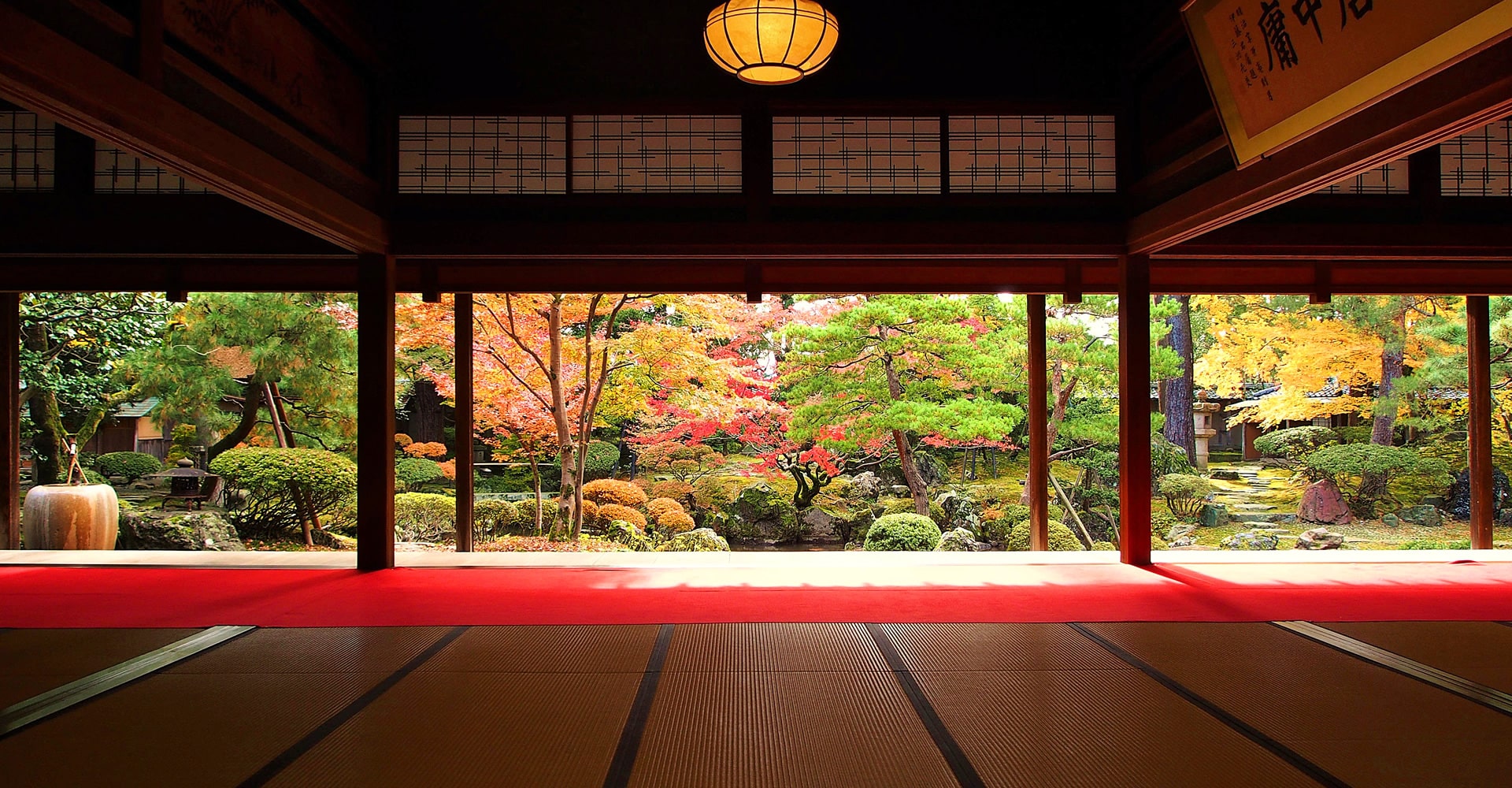
This was a very fun experience where a lot was packed in the available time. From experiencing a traditional Japanese mochi pounding to seeing, feeling, and learning about the legacy and stories of a family that is giving back to the community by making available their collection to the public.
The stories told by Satoh San give extra fun points to make this an unforgettable trip to a lesser-known area in Japan.
At first glance, it might sound like Niigata is a far destination for visiting from Tokyo. But to be honest, it doesn’t take that much. A 2-hour bullet train ride followed by a half an hour’s drive is totally worth getting to see, hear, learn, and experience not only Japanese culture in general, but also some local traditions, history, and food.
You can learn more about this tour by clicking on the following link!
<<Book Online: A Luxury Tour of One of Niigata’s Historic Treasured Residences>>
I hope you enjoyed this article! In my opinion, Niigata is one of the undervalued prefectures in Japan. As I’ve mentioned in the article, access from Tokyo is easy, nature is vast, and food and drinks are delicious due to the freshwater.
Niigata might not be a top priority for you, but I surely think it is a place worthy to take into account! And if you decide to go there, be sure to check out the Northern Culture Museum!
▽Subscribe to our free news magazine!▽
For information about Niigata and its surrounding areas, check these articles below, too!
▽Related Articles▽
▼Editor’s Picks▼
Written by
Born and raised in Costa Rica, I started living in Tokyo from college. I love traveling within Japan & around the world. Since I wasn’t born in Japan, I know the cultural impact that you can get when visiting Japan for the first time and what you might be worried about before your trip. And I’ve lived long enough to somewhat understand the nuances of the Japanese culture that make this country such an attractive place to visit. Hopefully I can provide to you both the information you’re looking for and the information you didn’t know you needed to know.





